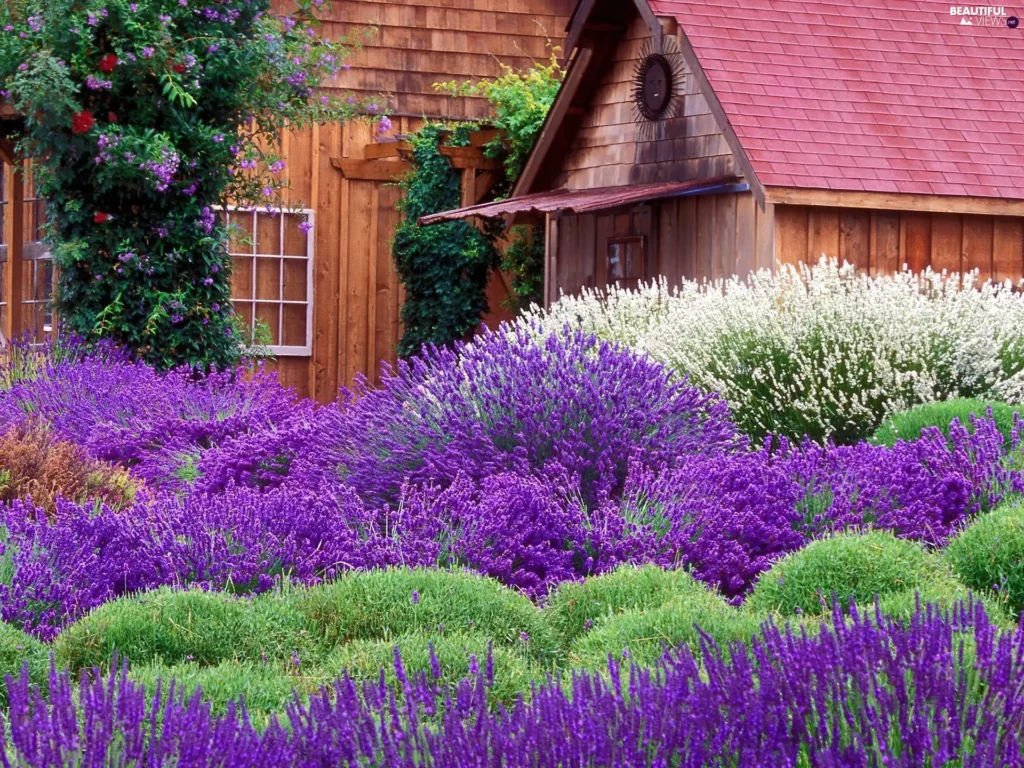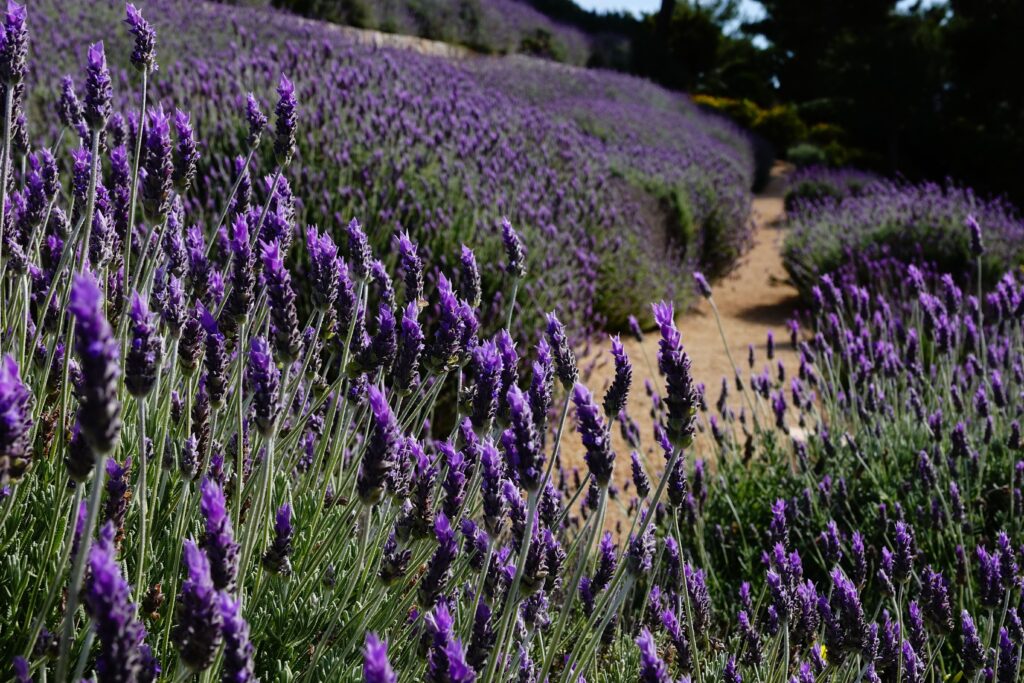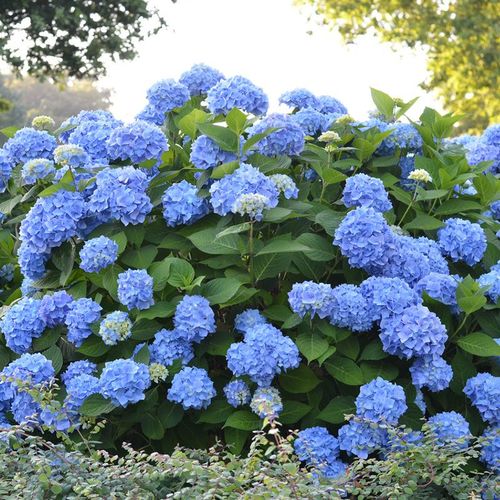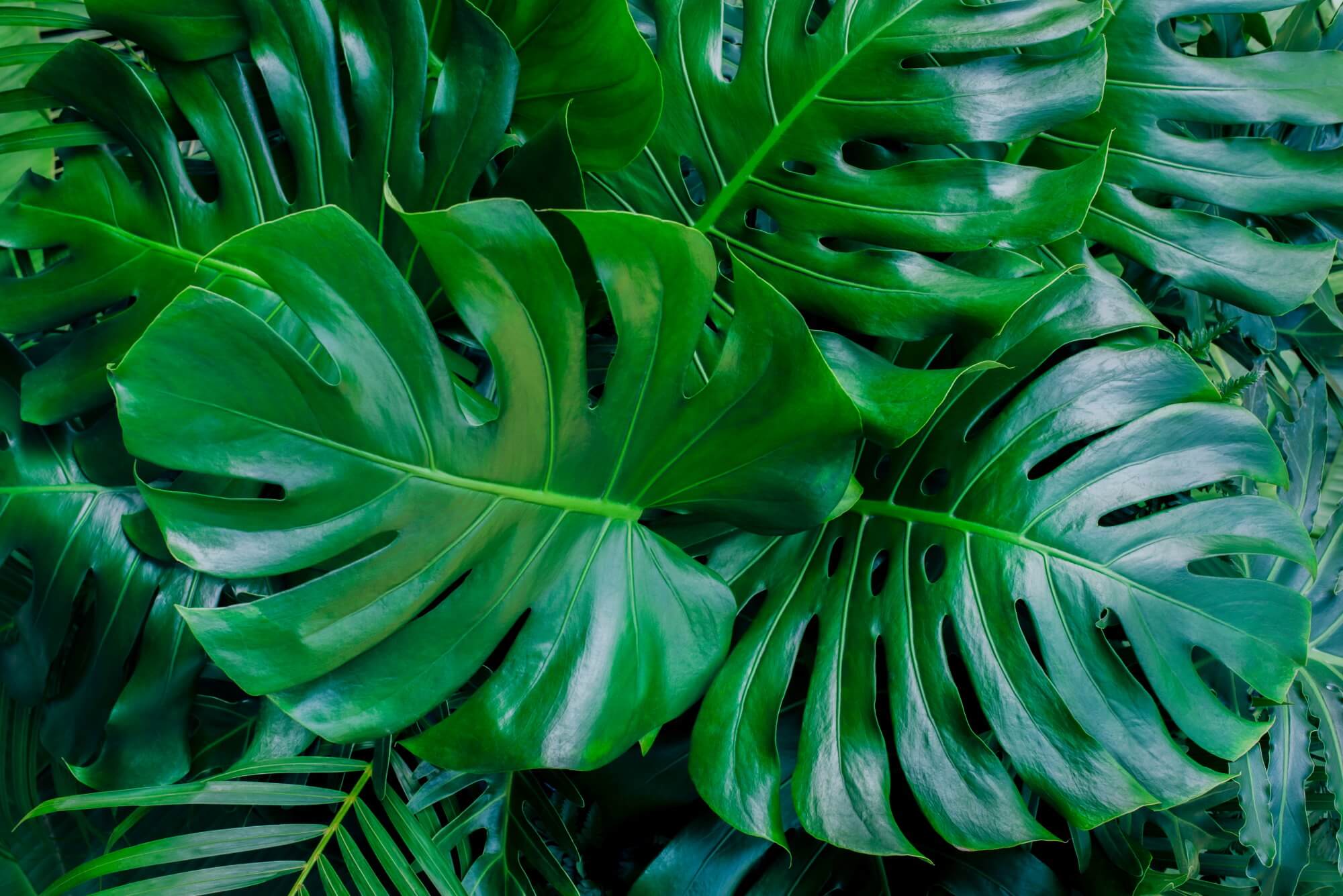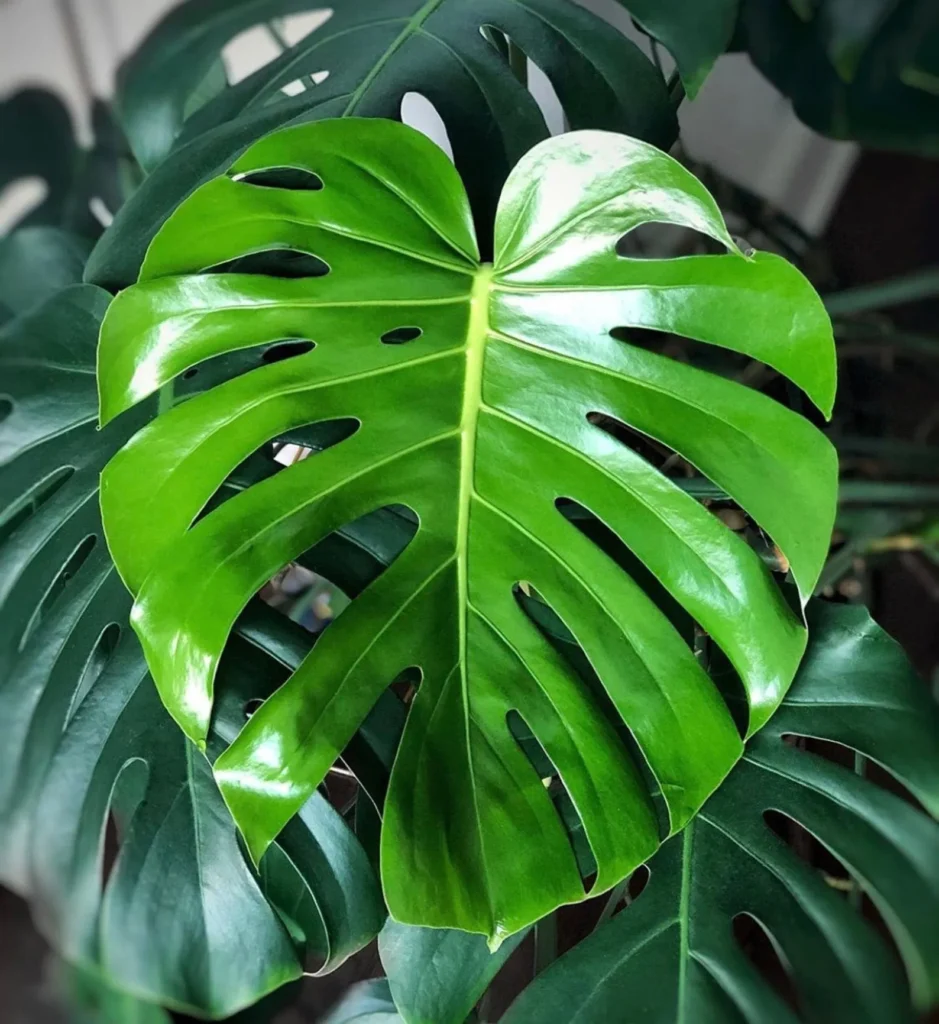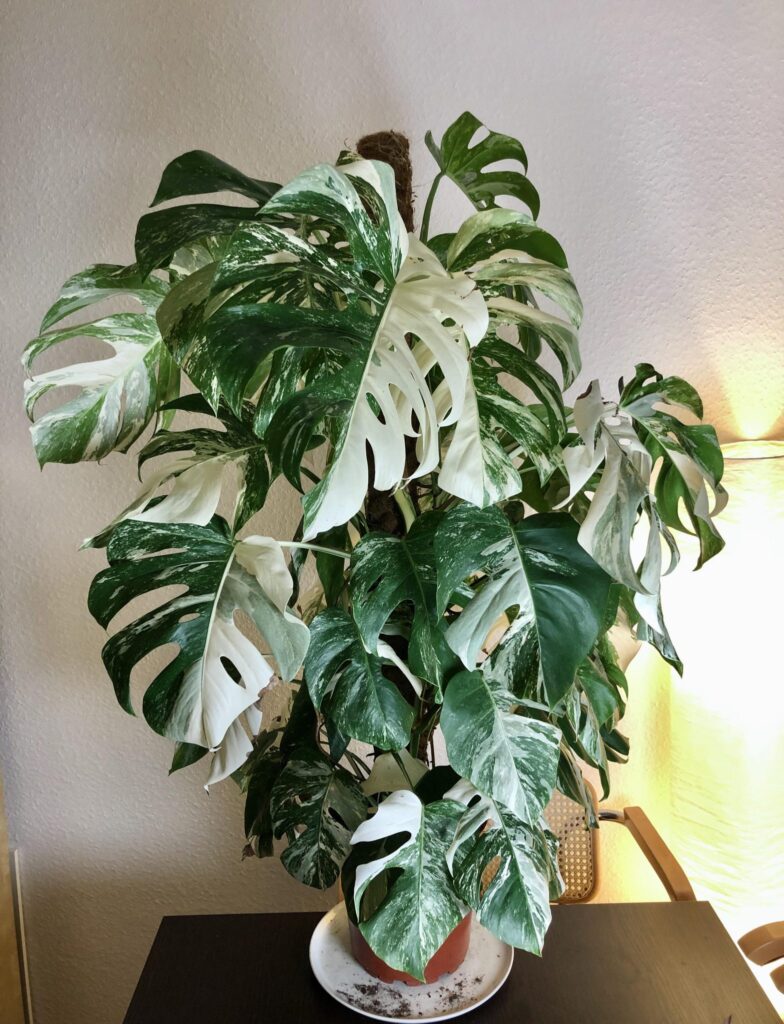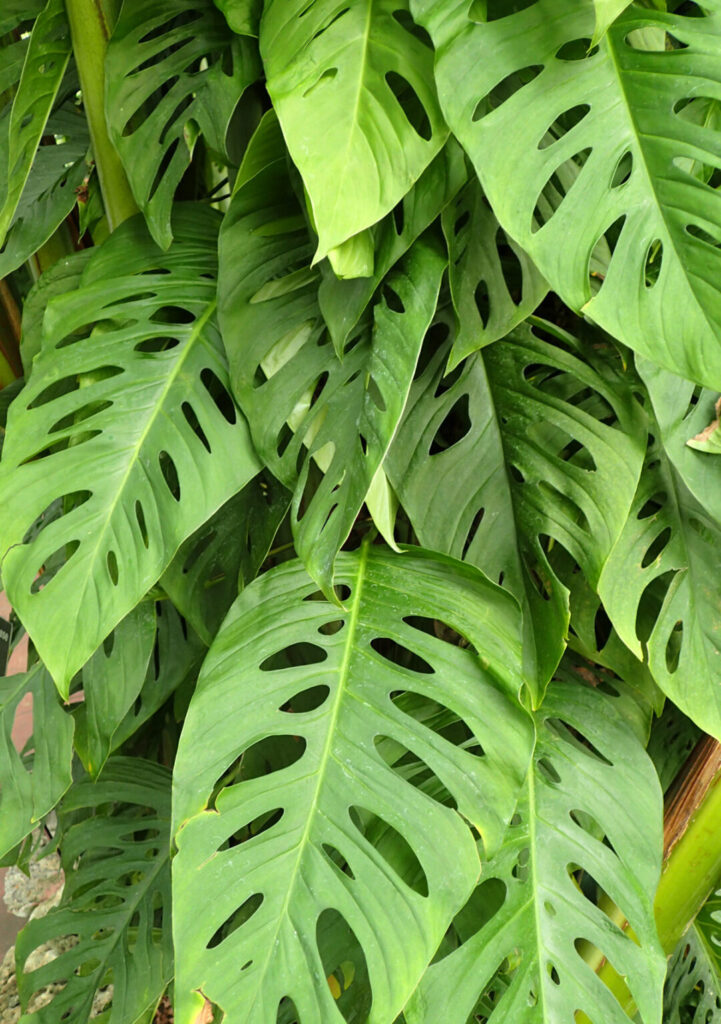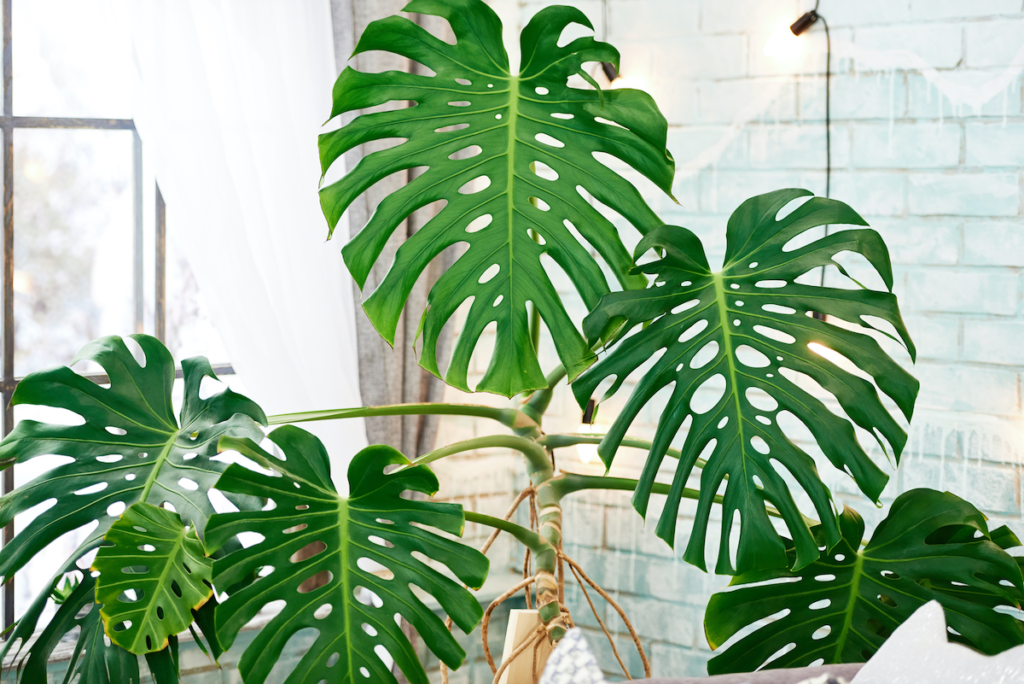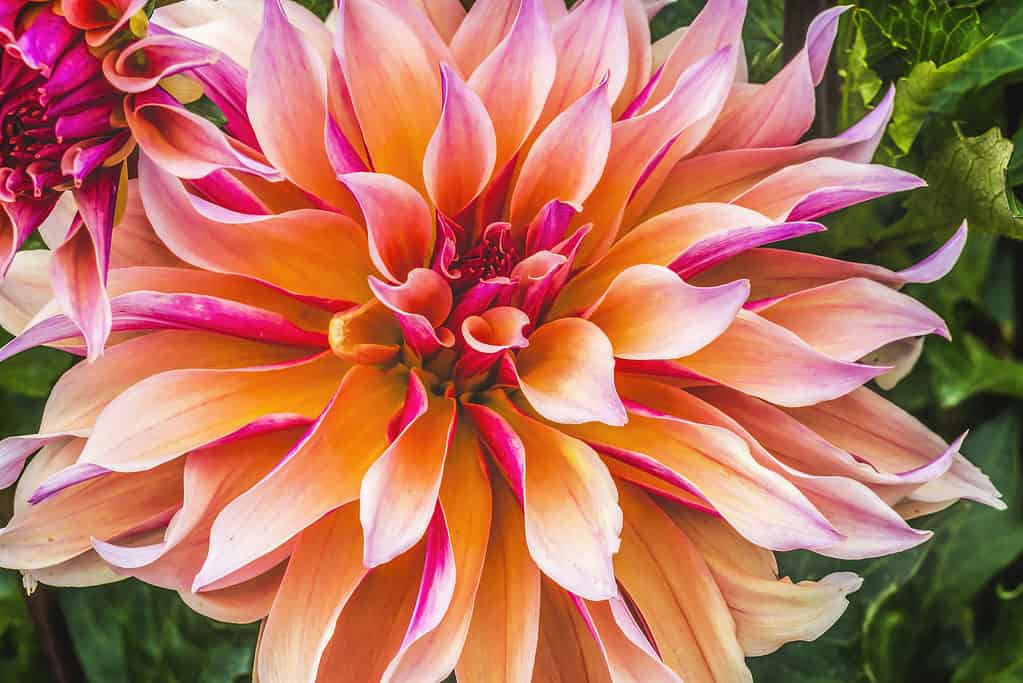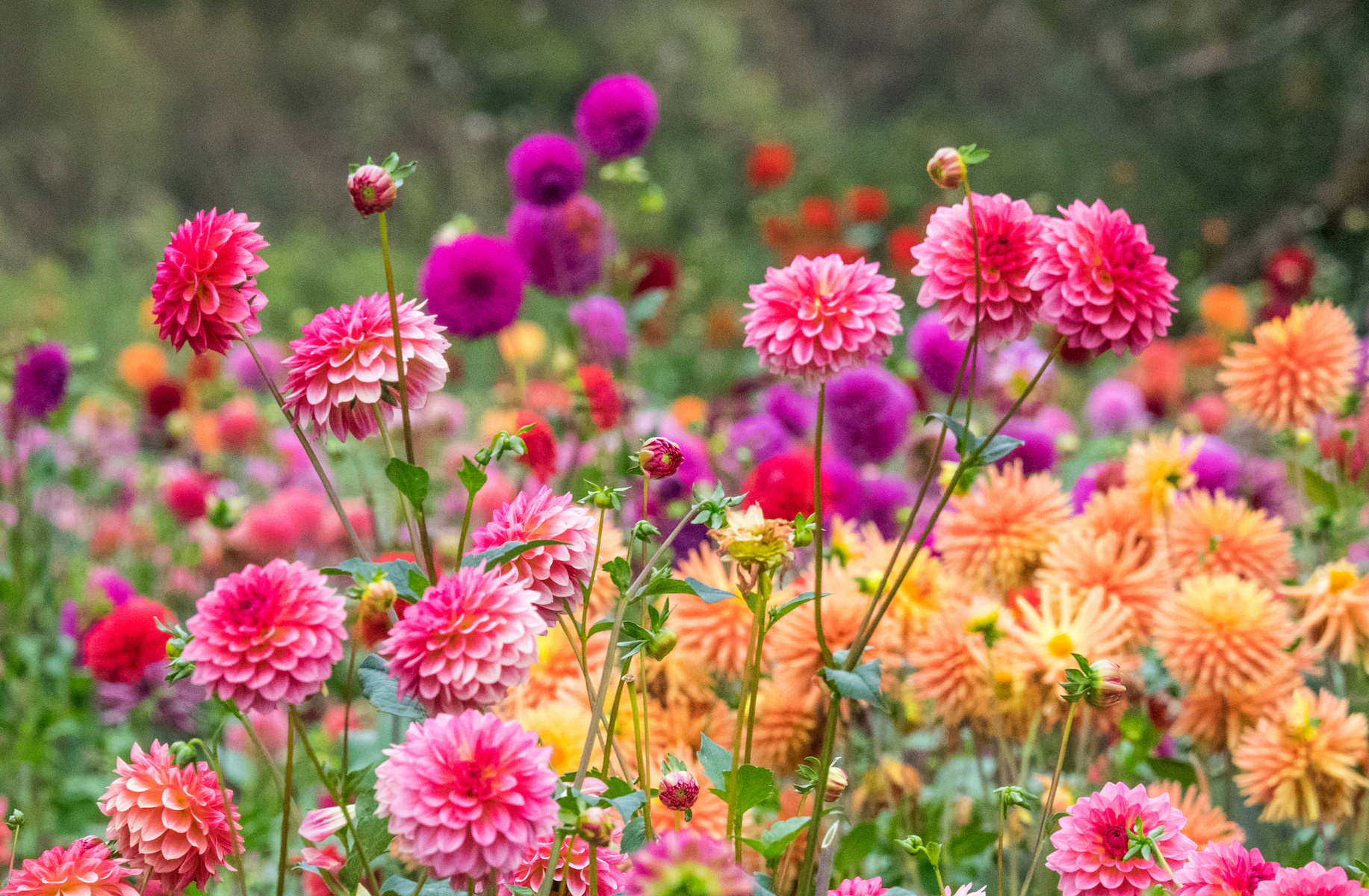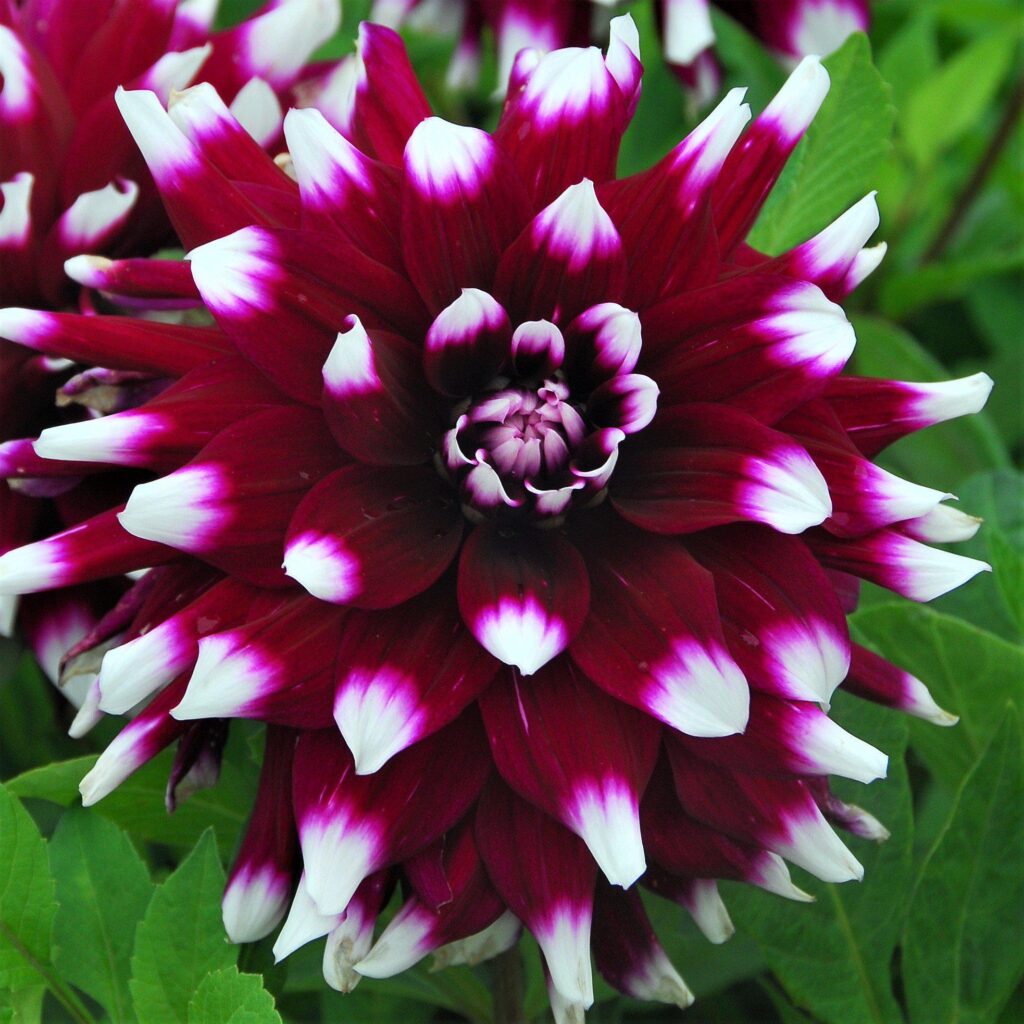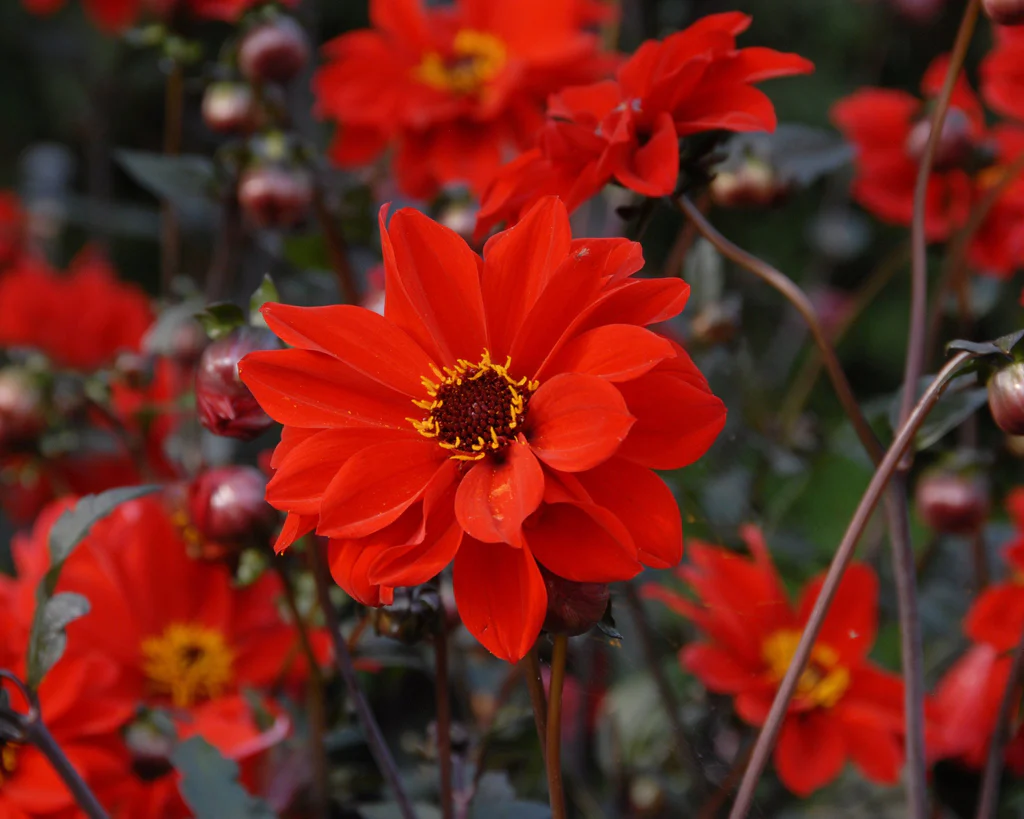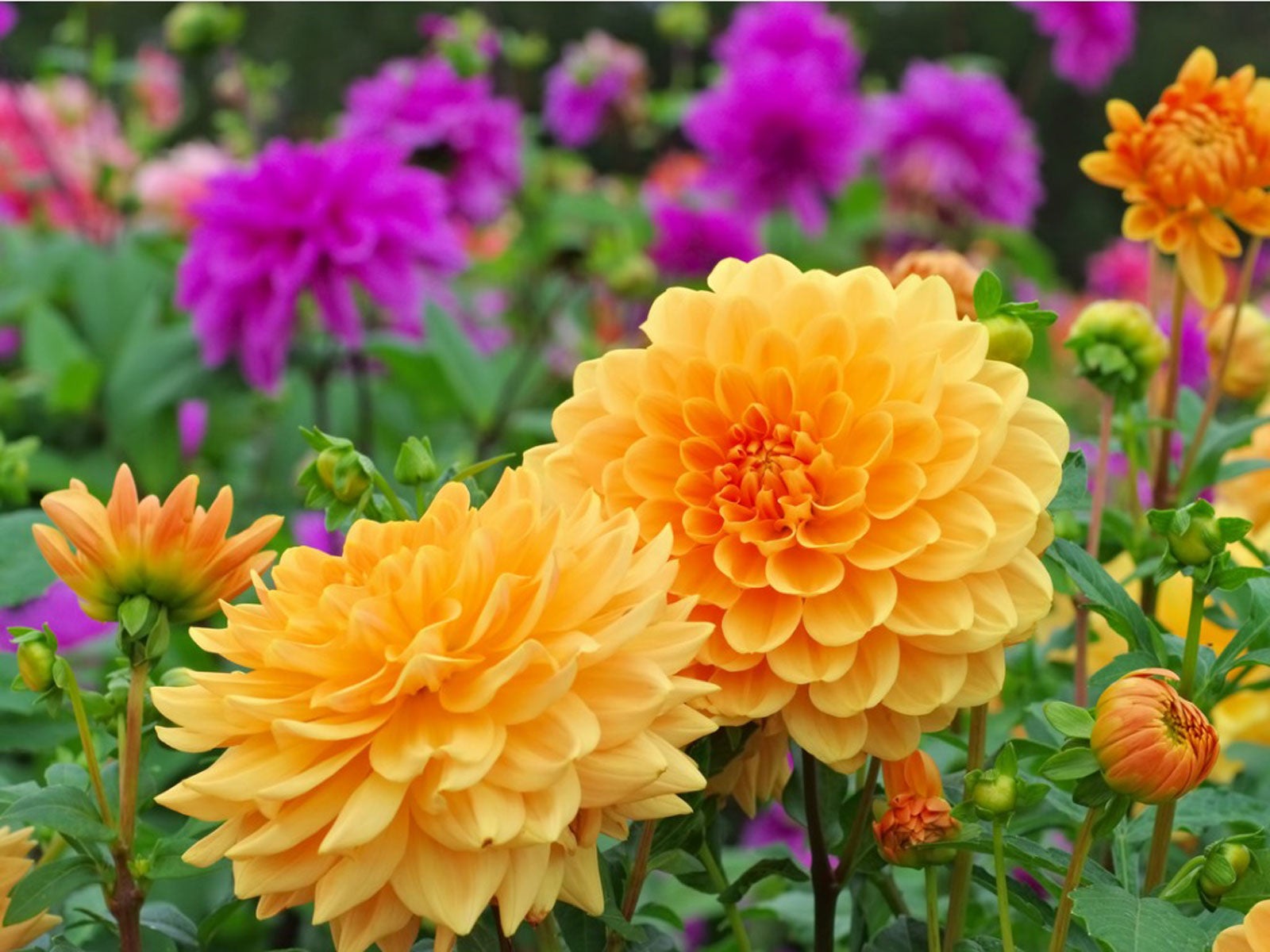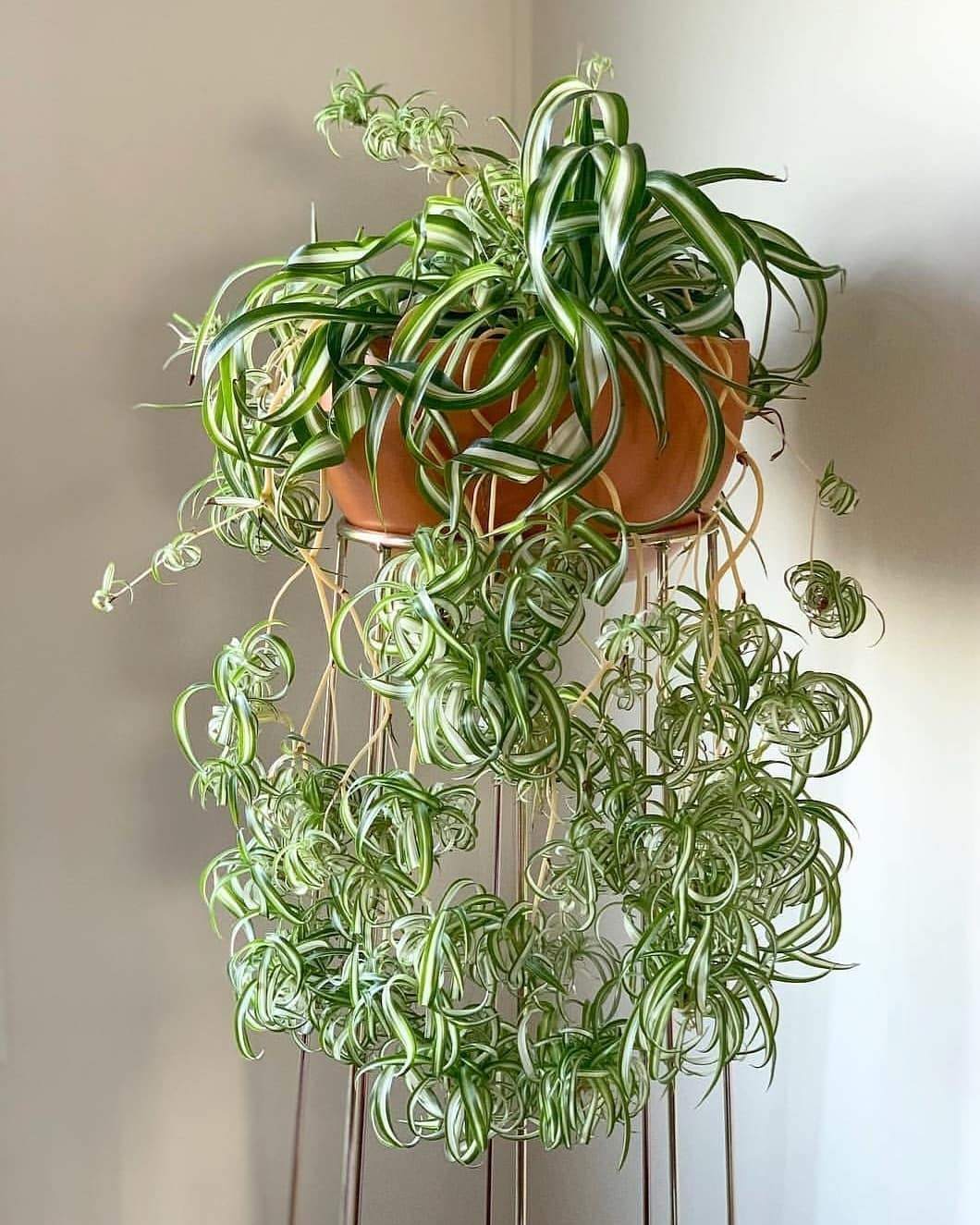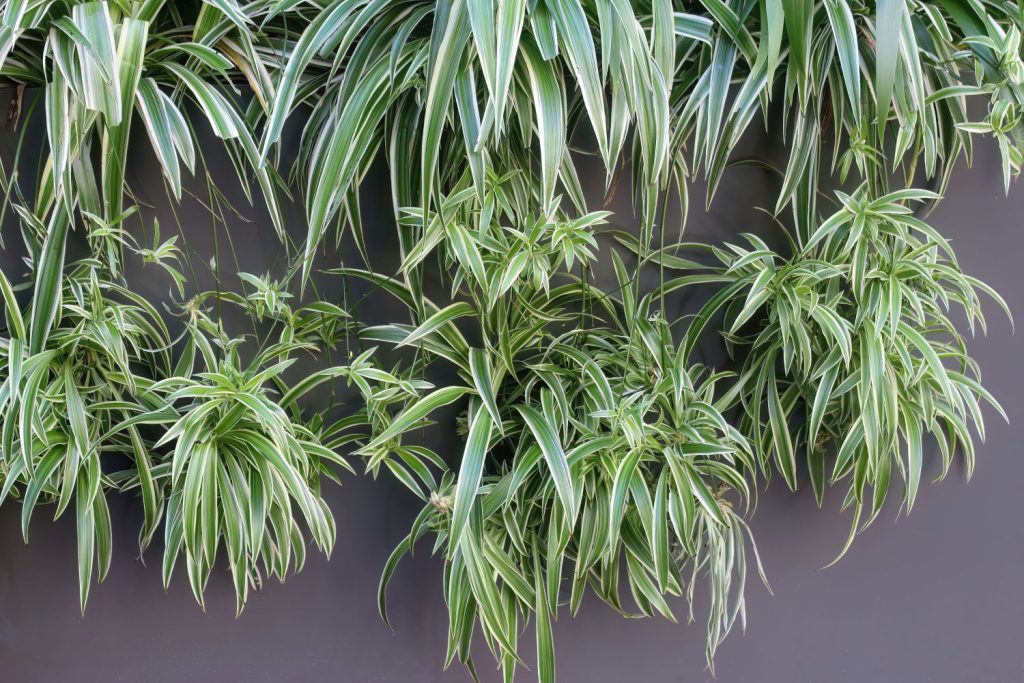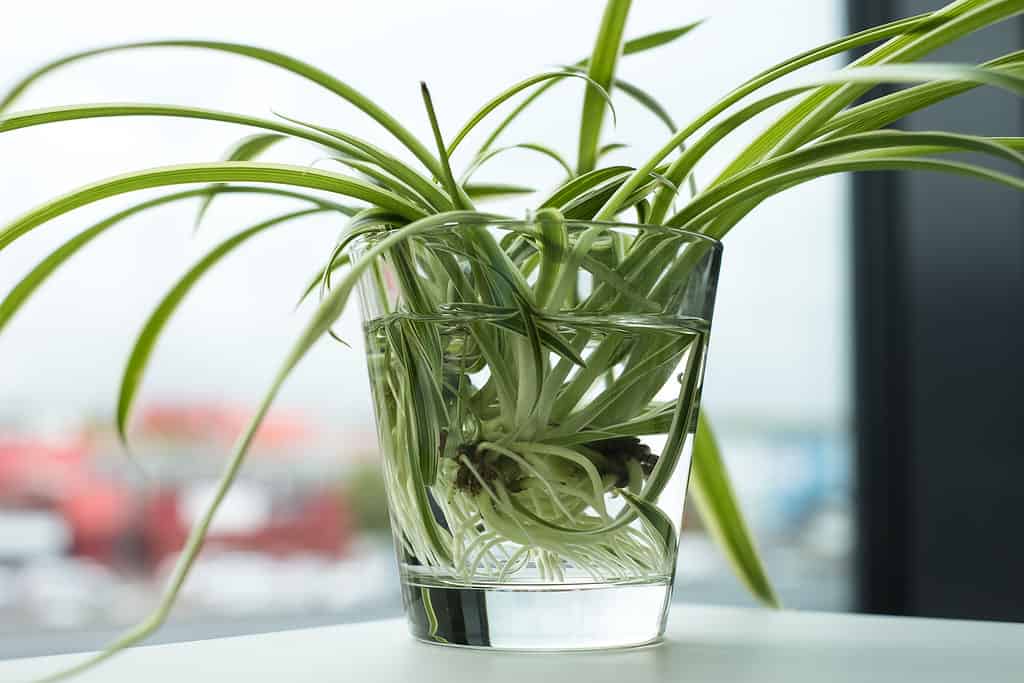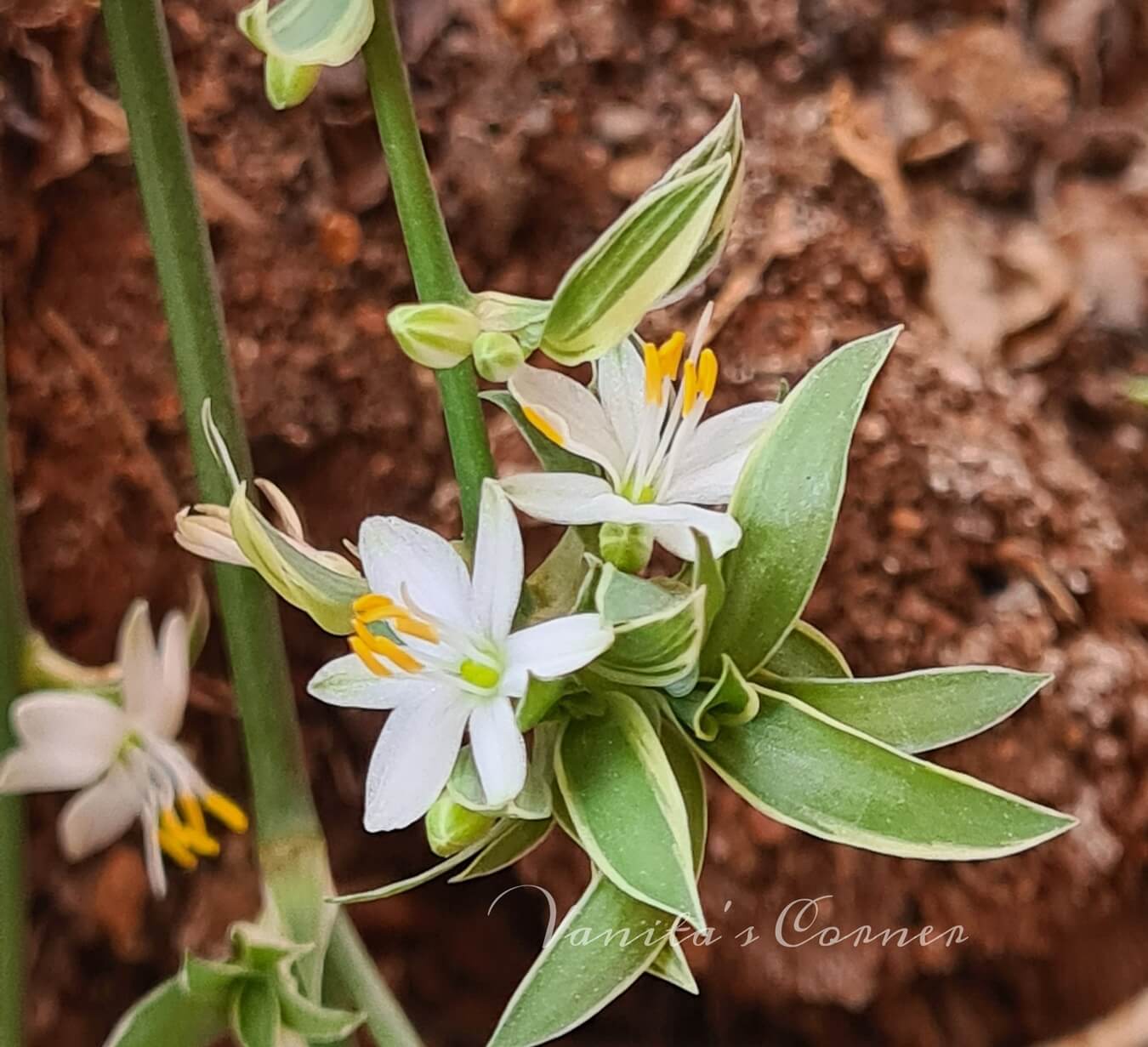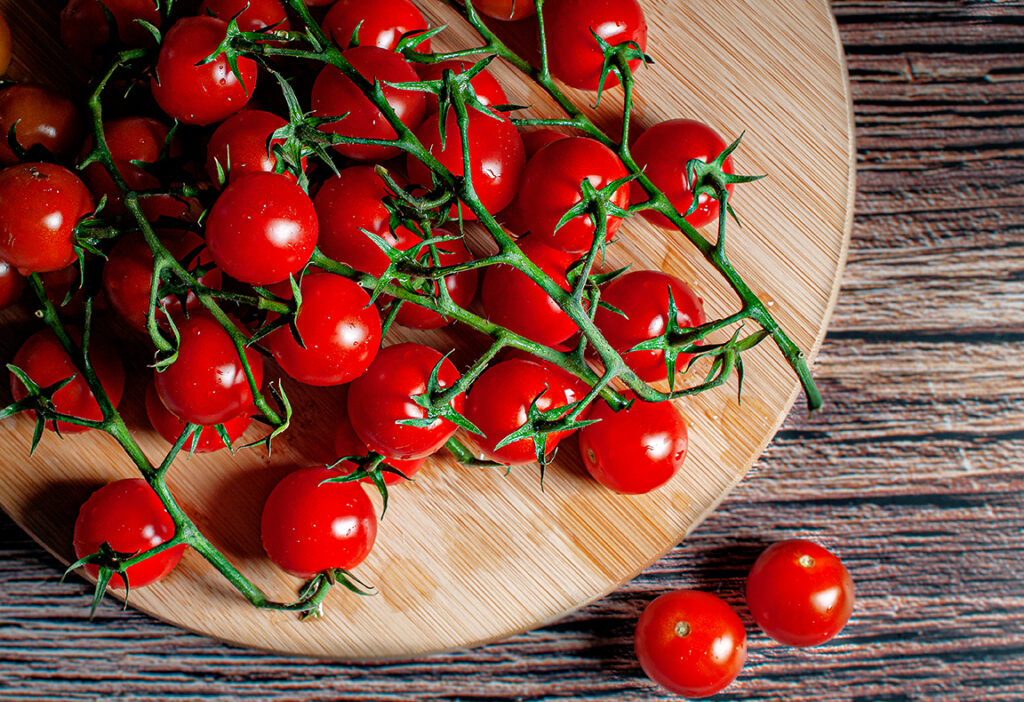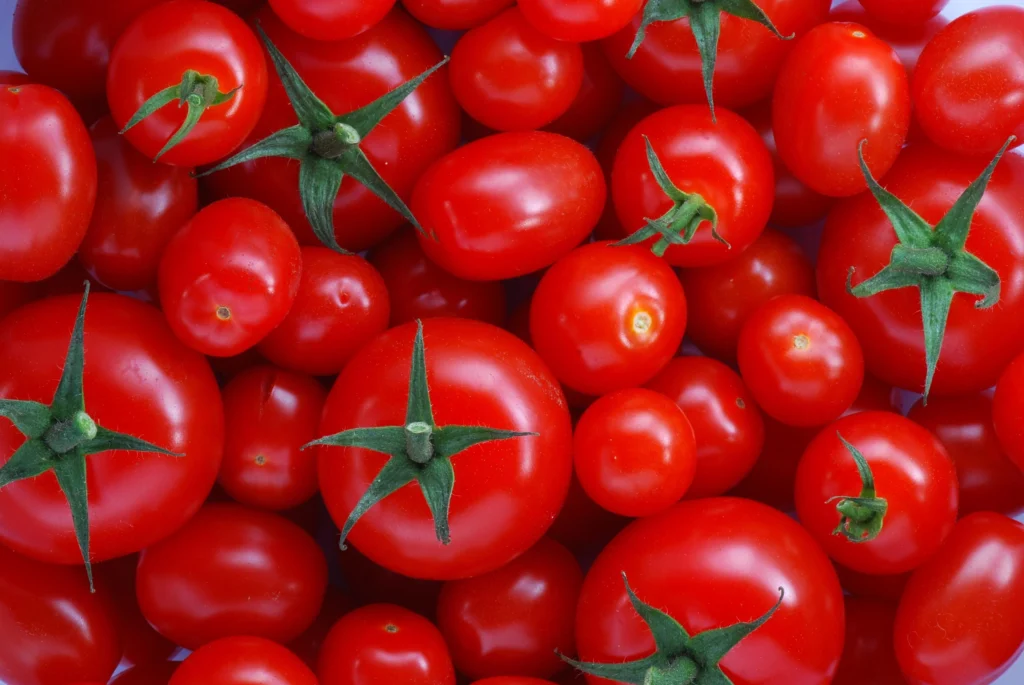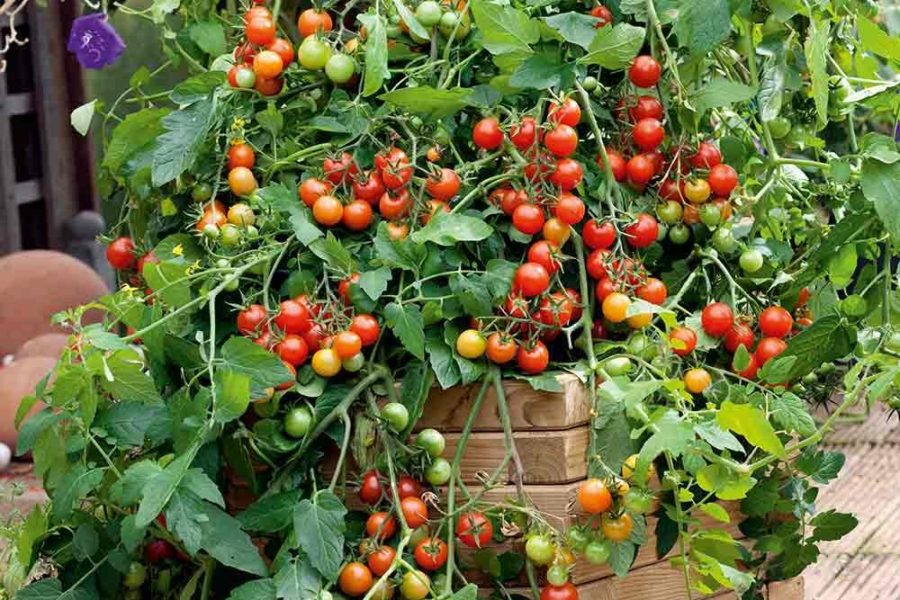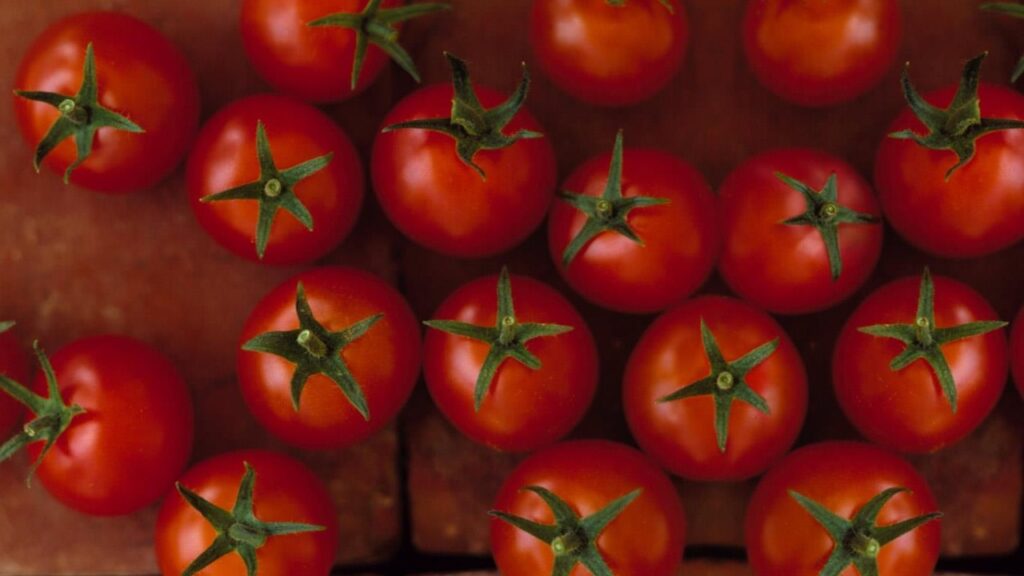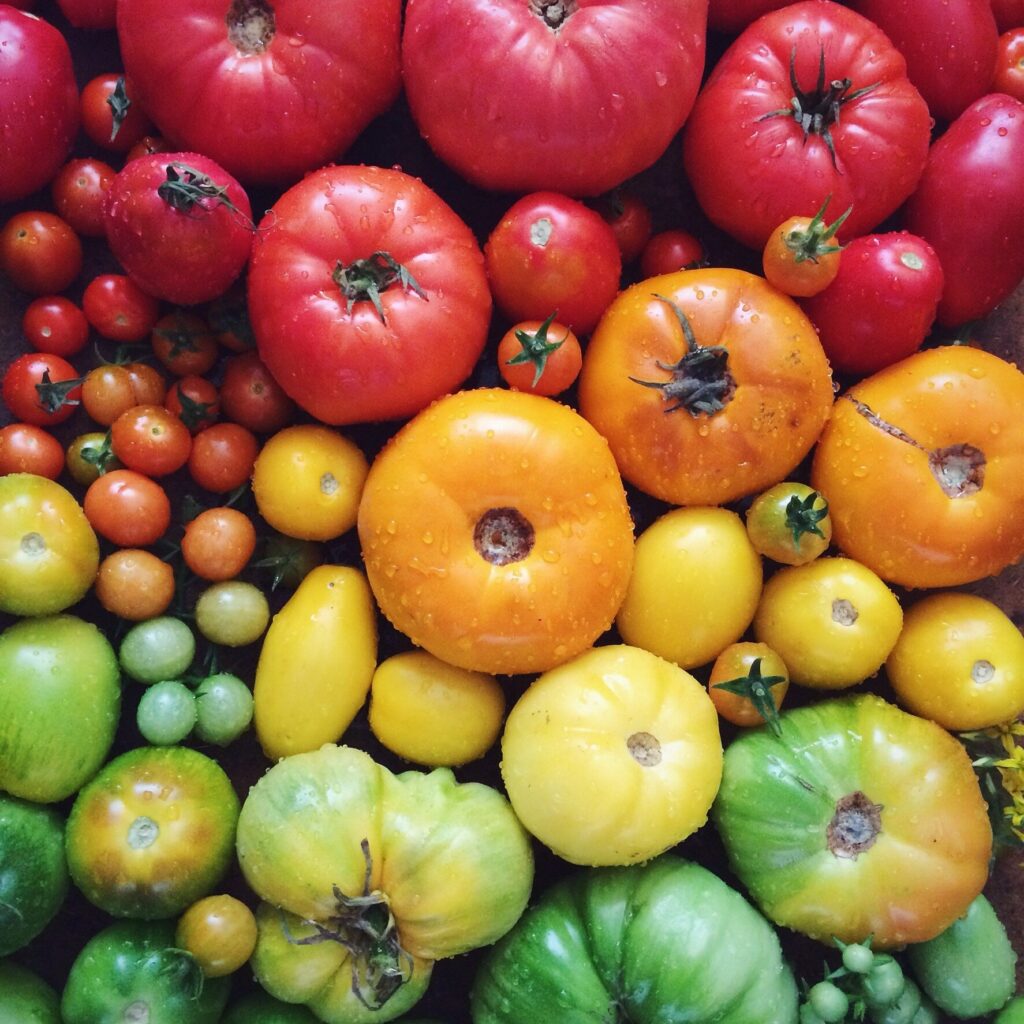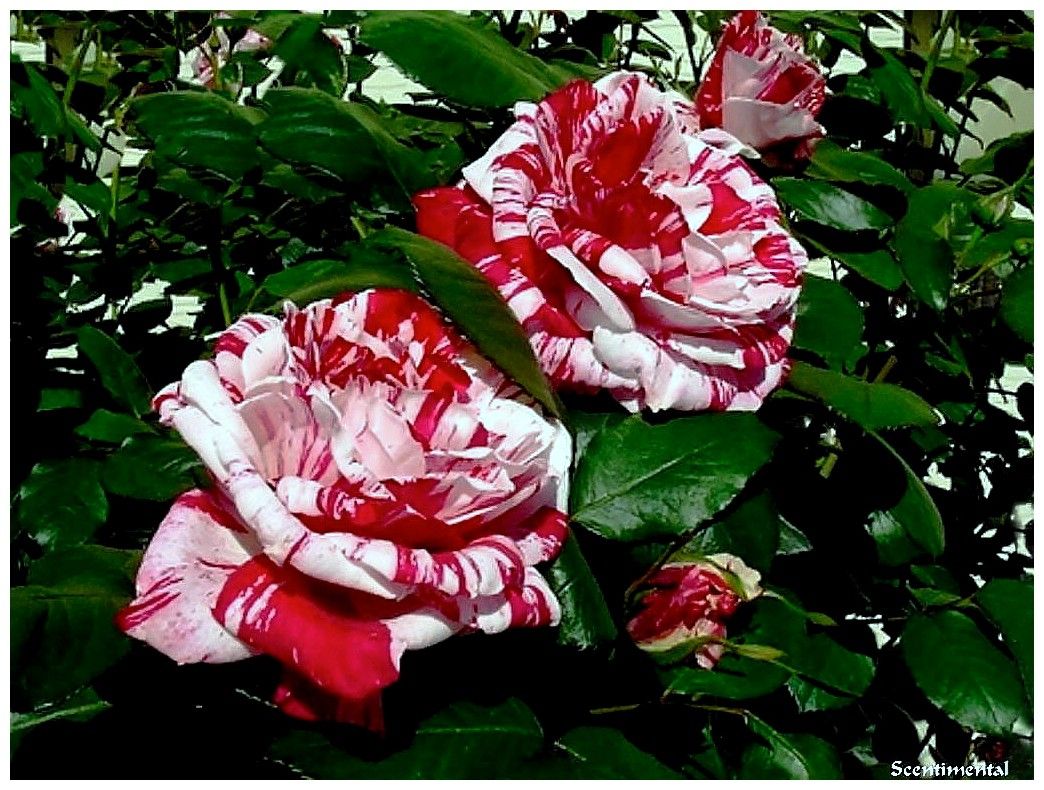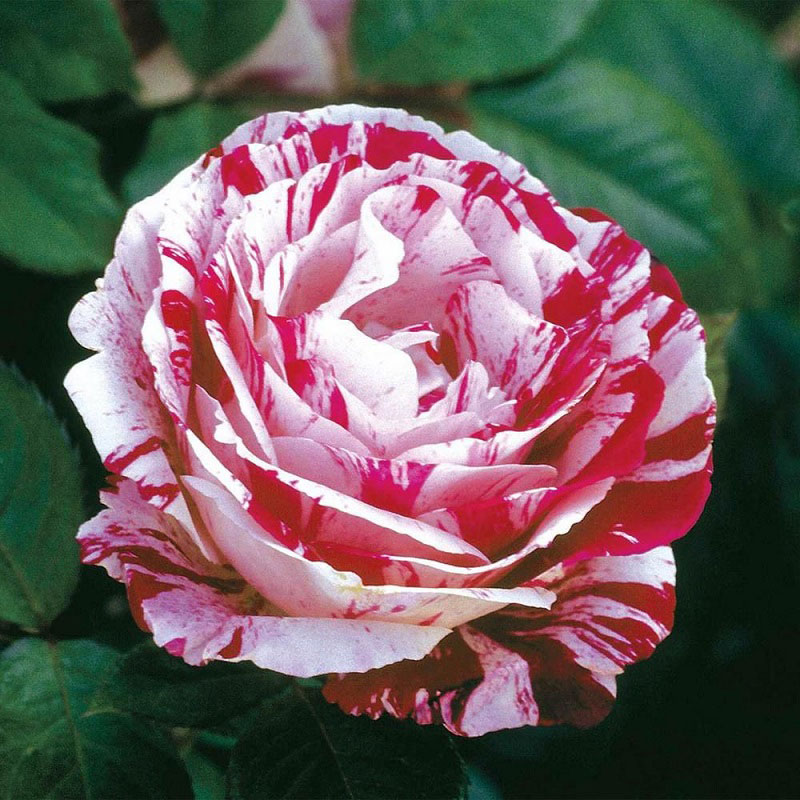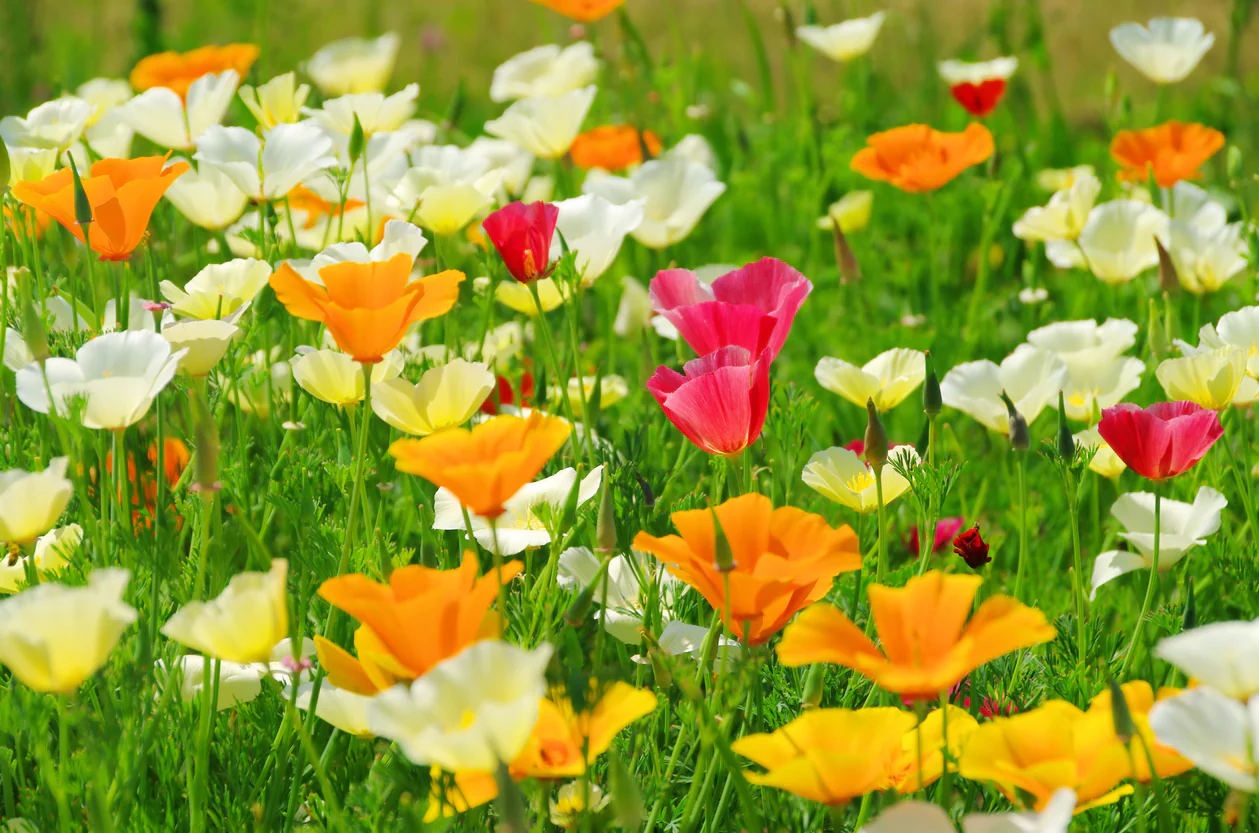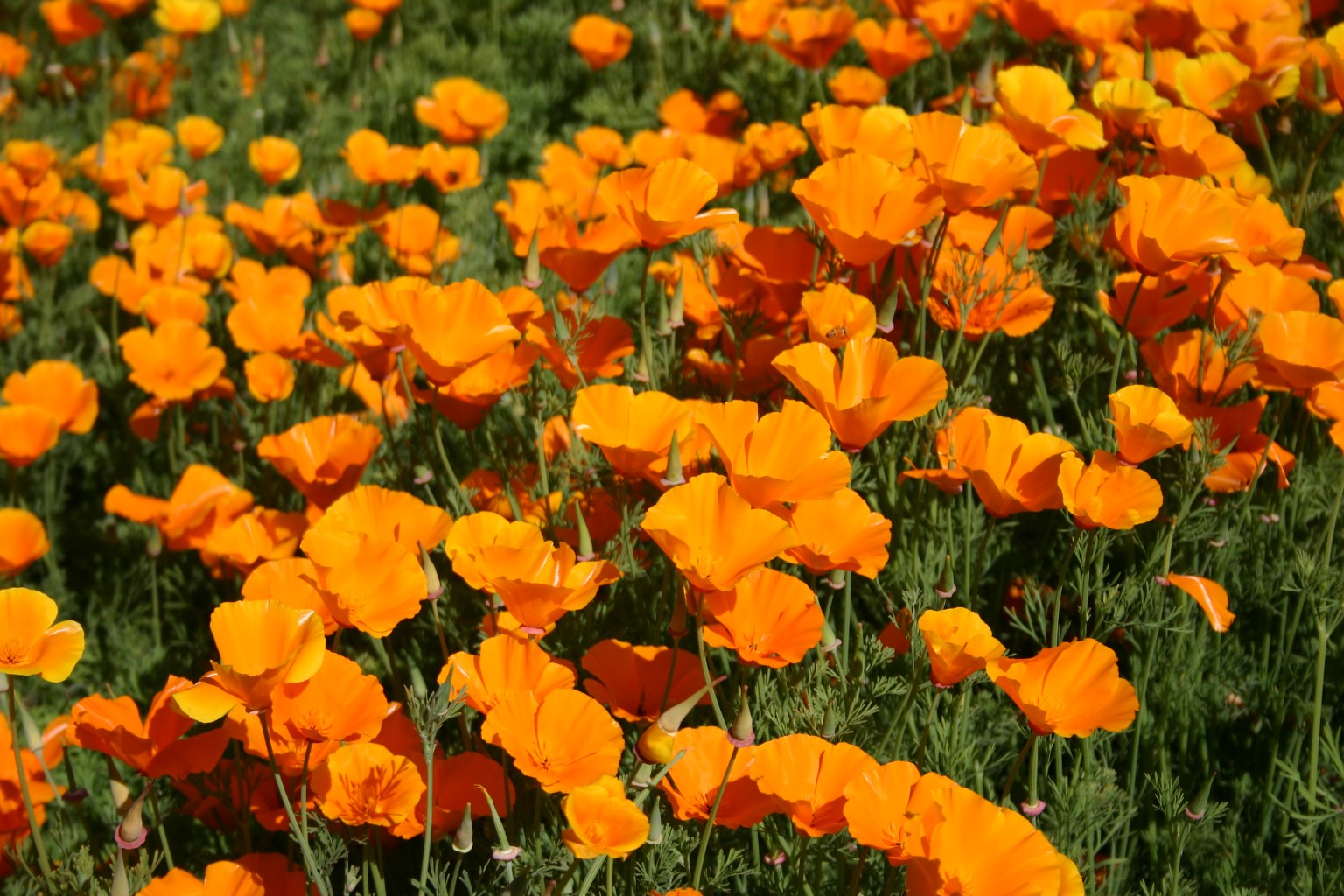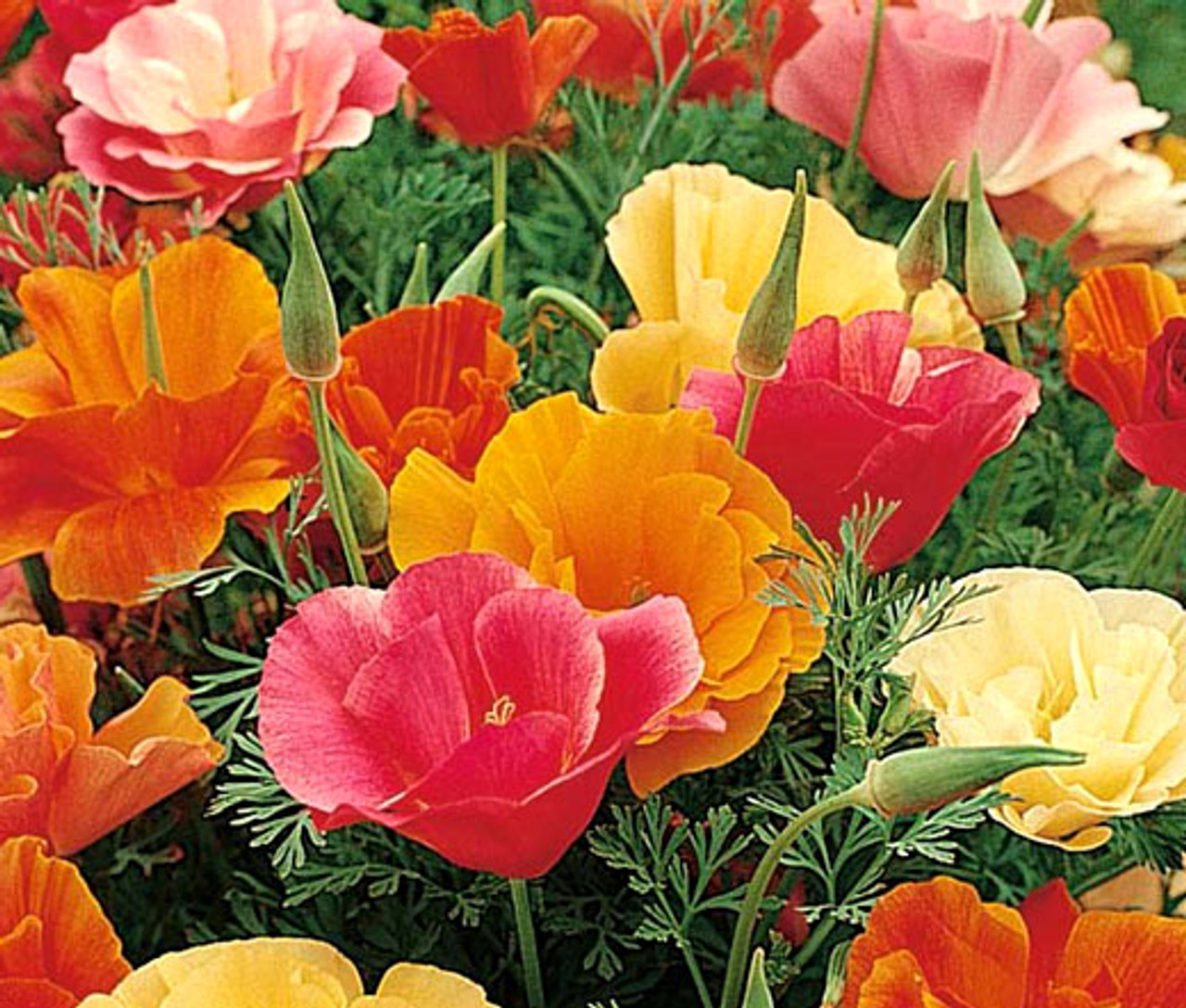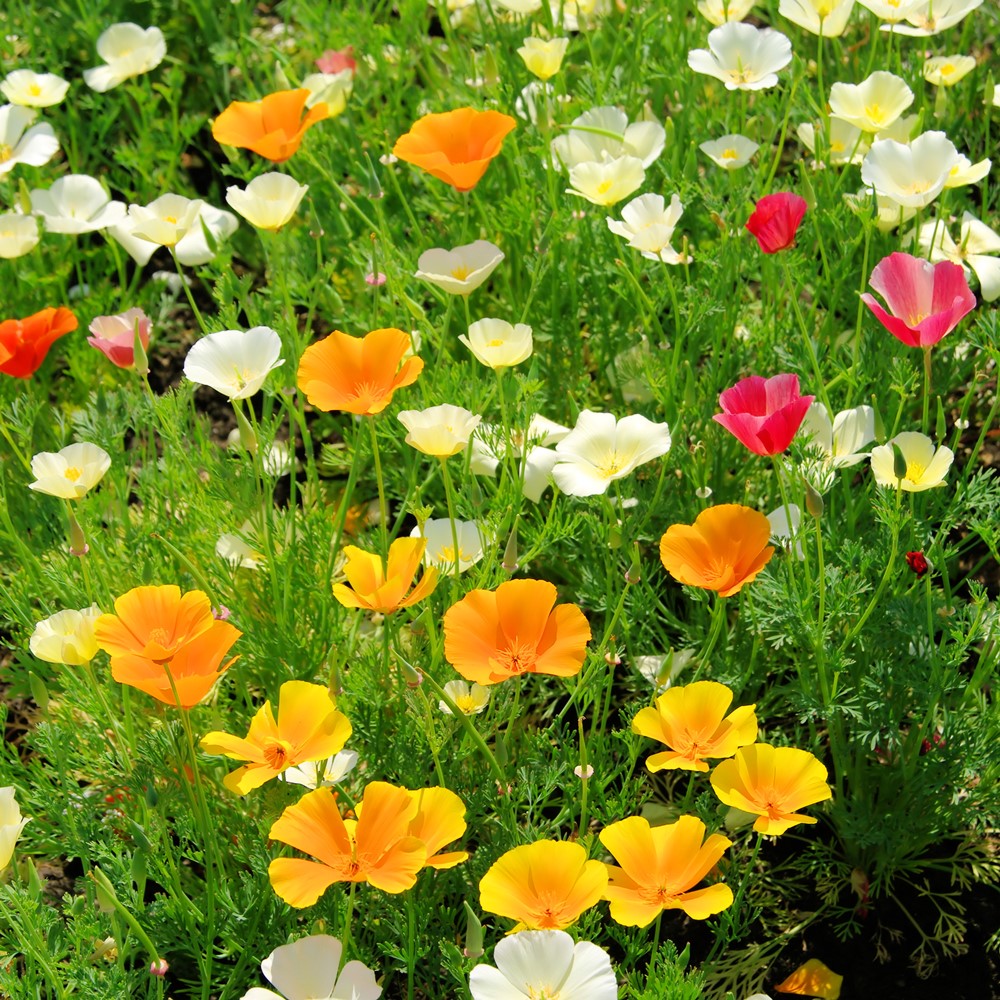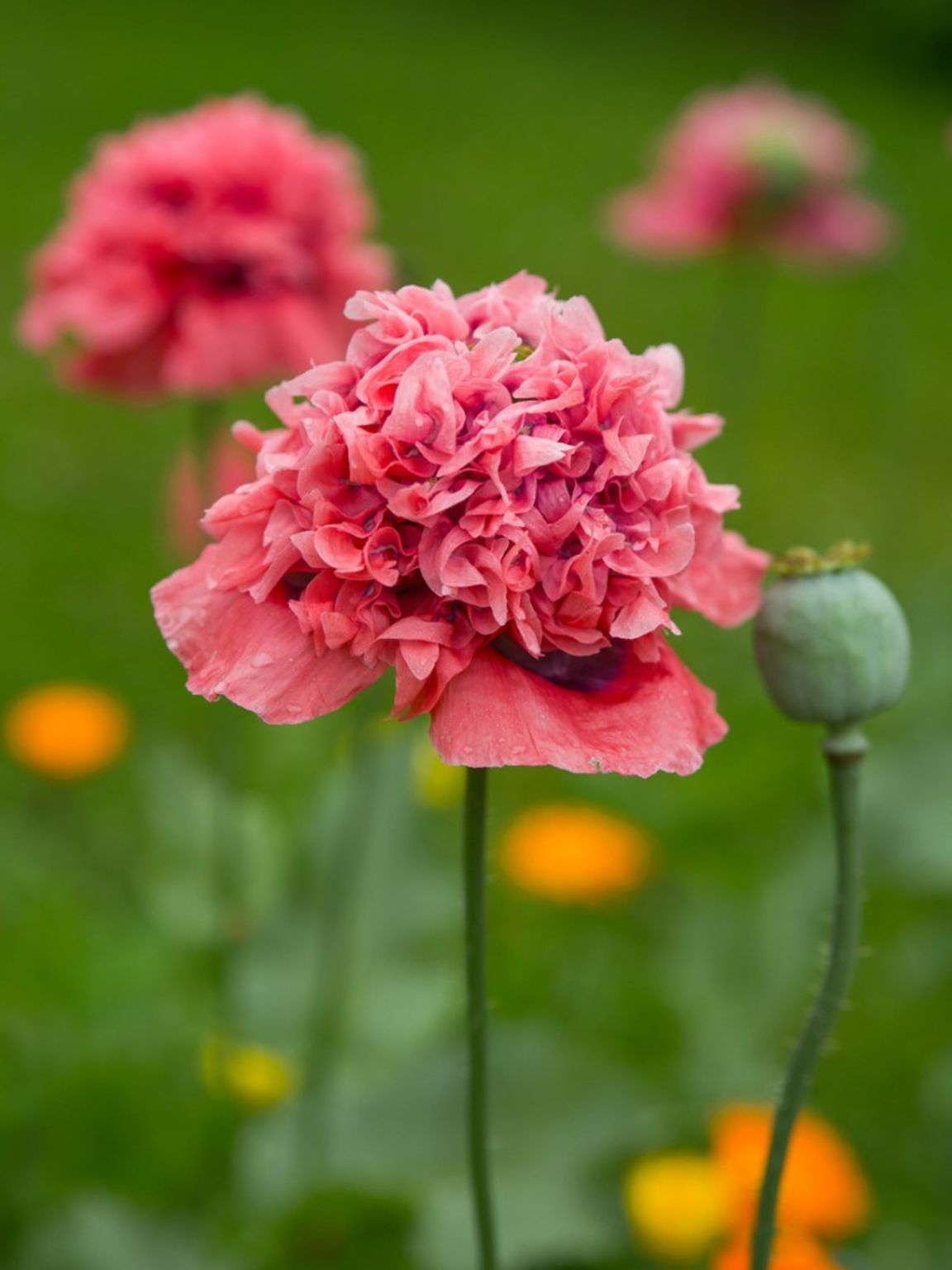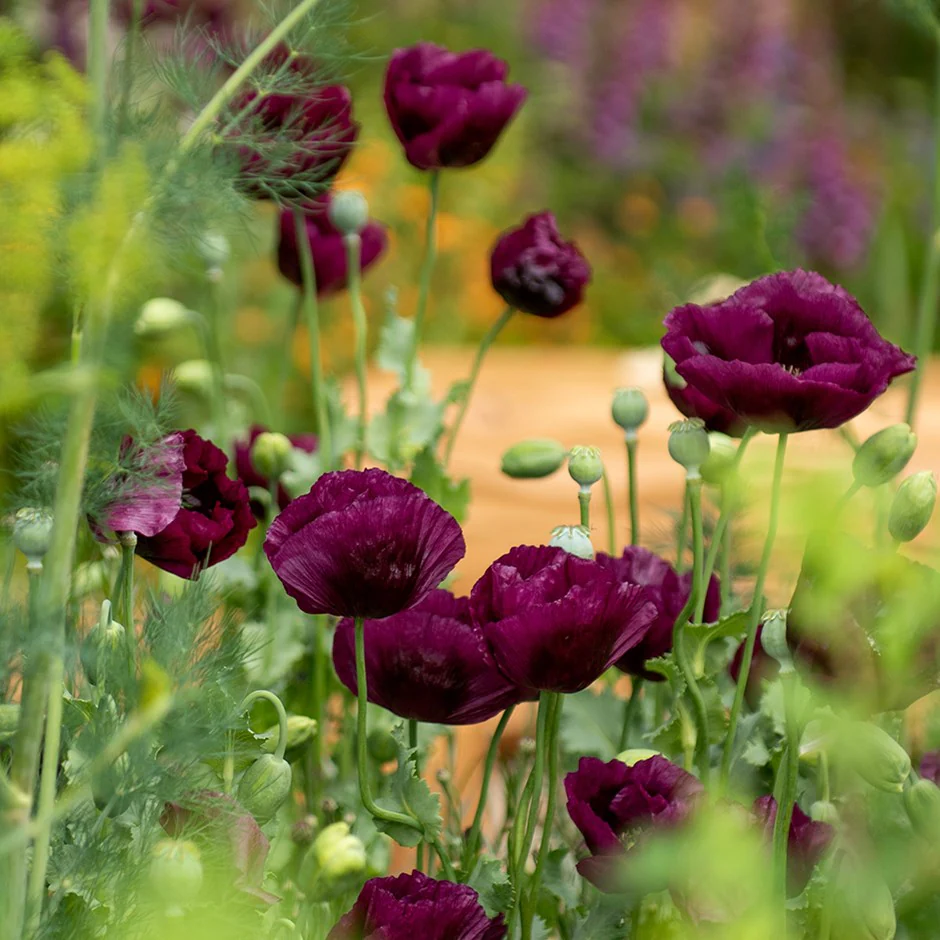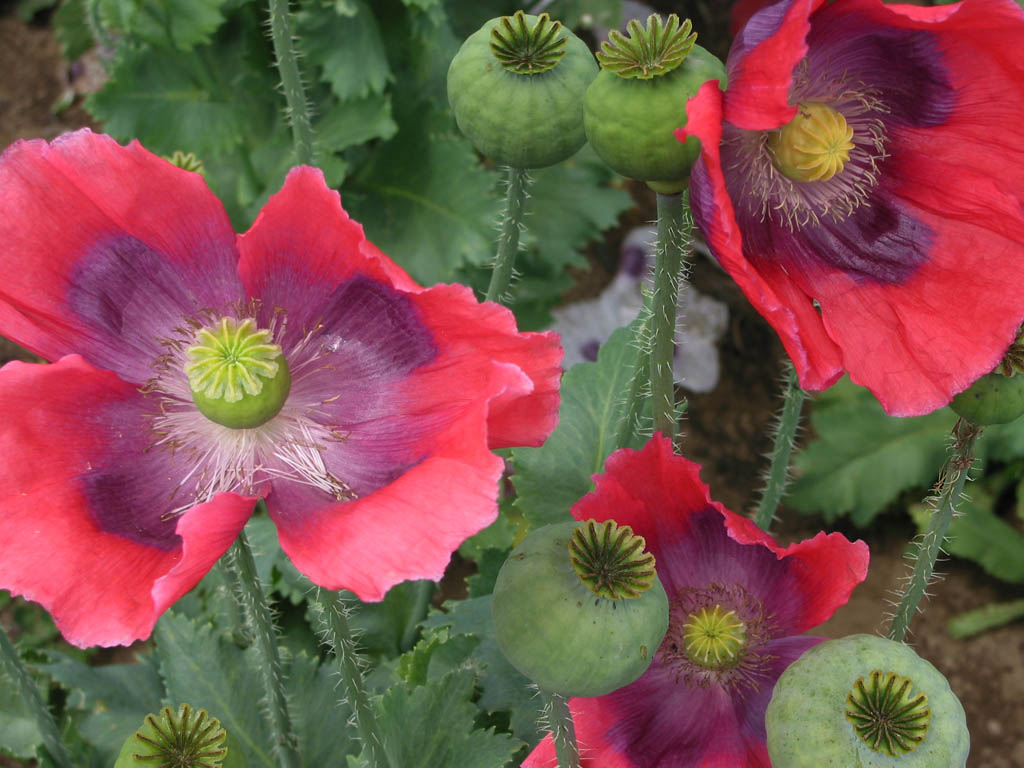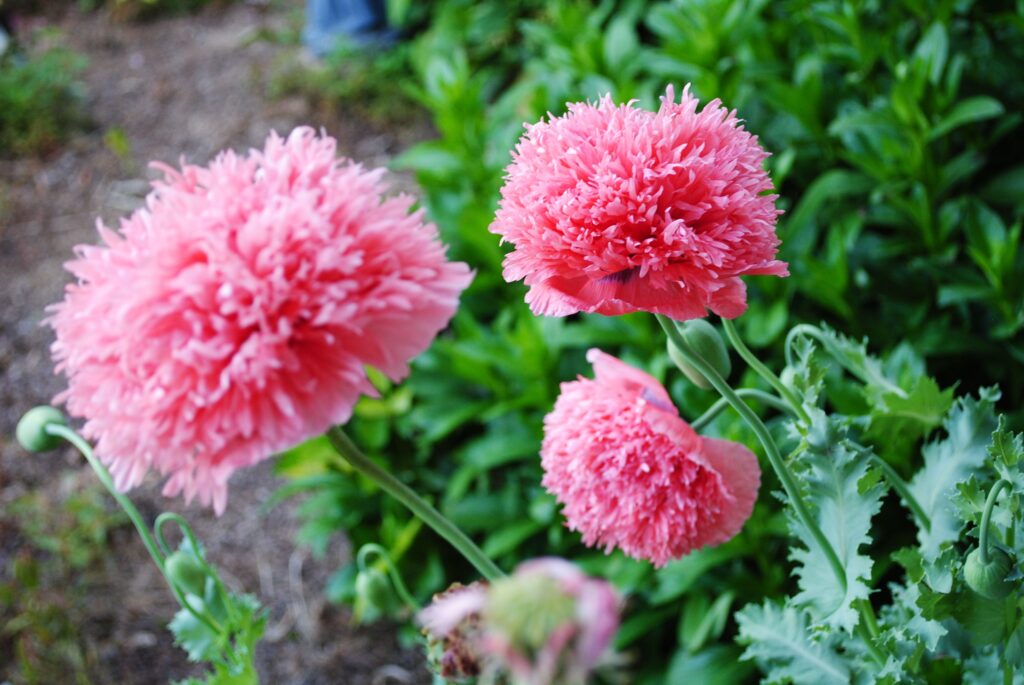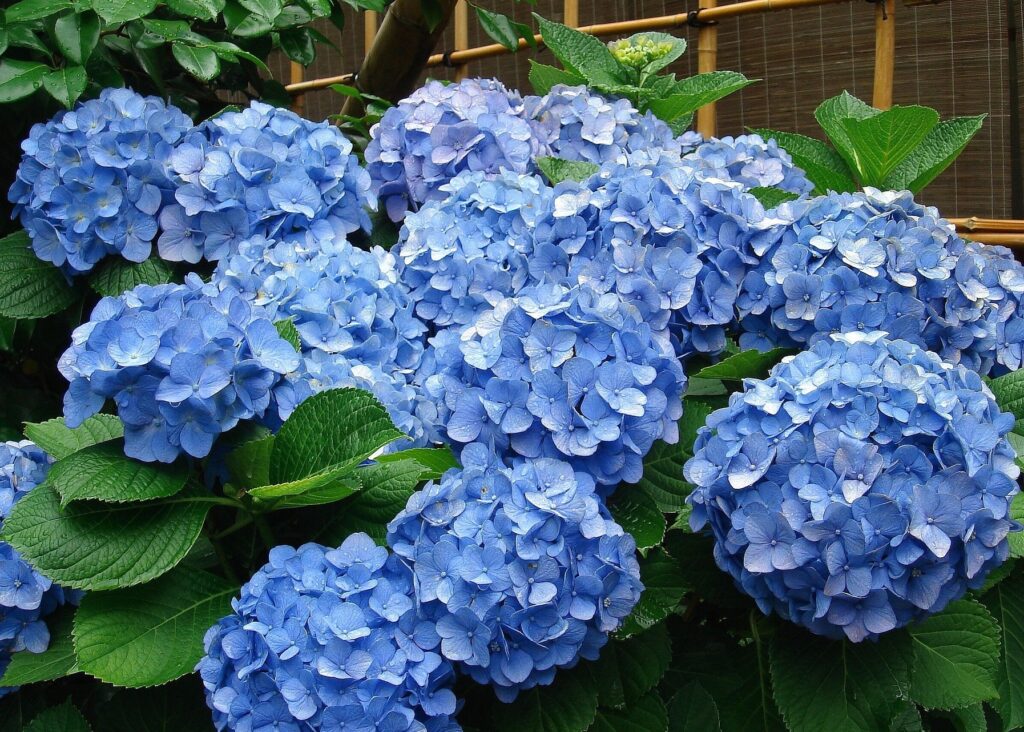
Hydrangea Macrophylla Mop Top
For me the blooms of hydrangeas are the grandest of all summer dames. It is a love affair pure and true, and long shall it always remain so.
Unless I kill one, which is quite often. Then it is a whole bunch of shameful embarrassment and silent heartbreak, stupid, stupid me. But life is all about learning lessons, and in respect to growing new young hydrangeas I sure need a lot of them, me thinks the information held within the full size of an encyclopedia would be just about perfect.
History
The Hydrangeas we most commonly cultivate today originated in Japan and China. Their natural habitats possess an overall cool climate with very generous rainfall and protection from full sunlight. Thus, in the Australian climate with its hot baking summers and infrequent rainfall, we are marginally up against it from the get go.
The name Hydrangea was not named, contrary to first assumptions because of the plants ability to consume more water (hydros) than an elephant, but because the seed capsules resemble a small water pitcher. Sad but true.
Varieties
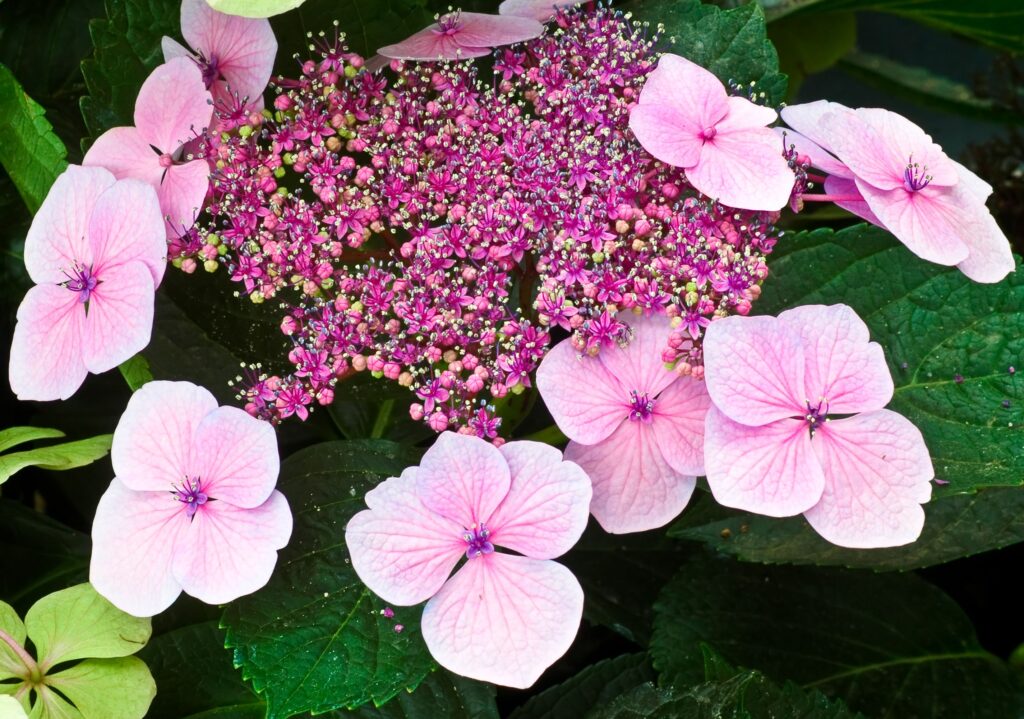
H. Macrophylla Lace Cap
H. macrophylla are by far the most popular. Within this group, there are the two major types or shapes of flower heads, mop tops and lace caps. Mop tops have flower heads made up of a mass of small infertile flowers, where lace caps have a central cluster of fertile flowers surrounded by a fringe of infertile flowers. Newer varieties of lace caps possess bicolour blooms with blue and white or pink and white flower heads. I have many mop tops in my own collection. One is a complete treasure, with both its foliage and flowers gargantuan in size, easily bigger than a dinner plate. Size does indeed count. There is a must have black stemmed variety, which is a perfect foil against the rich green leaves and flowers, and when naked of foliage in winter, is a garden architectural delight in itself.
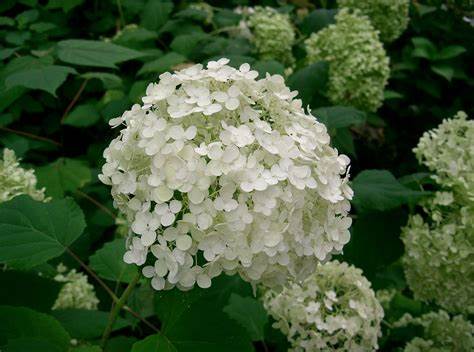
H. Annabelle
Hydrangea purists declare that H. aborescens ‘Annabelle’ with its white flowers, is the only one to grow, more open and graceful in habit, its foliage a lighter green and thinner in texture. In the warmer months it is always an easy mass of flowers.

Climbing Hydrangea
There is a climber H. petiolaris, native to Japan, with aerial roots that attaches itself to walls, tree trunks, etc., in the same manner as ivy. It is hard to find and even harder to grow well. I have never had much success with it but I suppose I was just so wrong in its positioning and neglective in its care. But if you find a specimen for sale immediately grab it while you can. The successful specimens I have seen over the years are truly divine in their resplendent beauty.
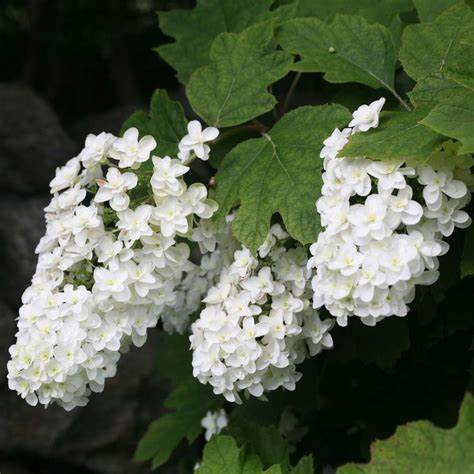
Oak leafed Hydrangea
H. quercifolia is native to North America. It has elongated cone shaped white blooms fading to pale pink as they age. Their distinctive decorative oak shaped leaves have the great bonus of very splendid autumnal foliage in shades of scarlet, crimson and gold. The colour and texture of its bark is also highly decorative with the colour a cinnamon brown with exfoliating bark that splits and peels. It is a great survivor for it can tolerate more sun and less water. It’s a must have even in a small garden and you will never regret it.
There is also H. paniculata, H. serrata and H. villosa, (and a ton more varieties) but they have their own blogs soon to be posted.
Pink or Blue?
People always seem to want what they don’t have, and with the flower colours of hydrangeas, it is a prime example. Where in general pink is by far the most popular colour, gardeners forever seem to covet the rarer blue flowers. Go figure.
Hydrangeas are native to neutral or acid soils, and thus the true flower colours are some shade of pink. So, if you want to change their colouring, from pink to blue, it is indeed a difficult path to tread and a fight against nature which is very hard to win. I have tried many a time with absolutely zero results. So I decided to just be happy and blessed with the flower colours that I am lucky enough to have.
However, if you still valiantly seek to follow the quest to change their colour, please understand the following. Simply, alkaline soils produce pink flowers and acid soils blue ones. The difference in colour is determined directly by the ability of the plant to take up aluminum and iron from the soil. Alkalinity locks up and imprisons the aluminium and iron in the soil, making it impossible for the roots of hydrangeas to absorb them and to produce blue flowers. On the other hand, acidity, with a pH 5.5, the aluminium and iron in the soil are naturally absorbed by the roots and thus will bear blue blooms.
To change the pH. apply soluble iron chelates or aluminium sulphate to produce blue flowers from as early as autumn. I have completely given up after a zillion attempts. For me it is downright impossible, though I have had some good success with hydrangeas in pots.
Then there are the white flowering varieties. To me they are the most endearing and beautiful, I can never have enough of them. But they are also for another blog soon to be published.
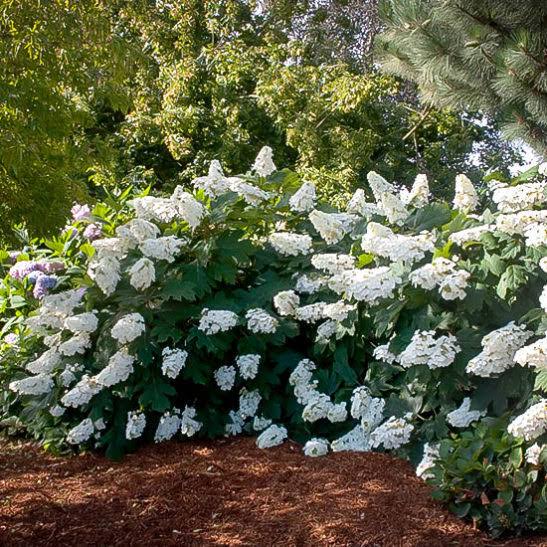
Oak leaf Hydrangea
Positioning
The optimum positions for planting are on the east or south. If they receive too much shade hydrangeas will be mighty recalcitrant and stubbornly refuse to flower. I have quite a few of these, with healthy robust foliage but absolutely zilch attempts to flower. On the other hand, with too much sun, the foliage will quickly wither and dehydrate, akin to the properties of done dead dry parched paper.
Planting
If ever there was the necessity for great soil preparation this is the time. Dig a hole at least 1 and a half times the depth and width of the plant ball. Throw in a couple of handfuls of Seamungus for energetic new root development, dig in and water very well. Next combine the best quality compost with cocoa peat and some dirt from the existing soil, and after teasing out the root ball, plant.
Finally, you should create a deep moat of good quality compost to surround the plant at least one and a half times wider than the potted root ball, and a good 10cm in height. Dress the area with very generous amounts of Seamungus and completing drench it with water. Repeat as often as you can. This will ensure the plant receives the vital deep watering it will need for future success.
Once established, I liberally dress with Neutrog’s rose fertilizer Sudden Impact and frequent regular applications of its sister product Seamungus to continually improve the quality of the soil, greater root development and overall general health of the plant.
Watering
You need to water, water and water especially in their younger years. Over time their root mass will expand and need less attention as they age. It is astounding how resilient hydrangeas are. When you discover a totally miserable plant with limp and lifeless, forlorn foliage, which you are certain is very close to death, just a good generous soaking on both the leaves and the surrounding soil, will result in a quick miraculous recovery.
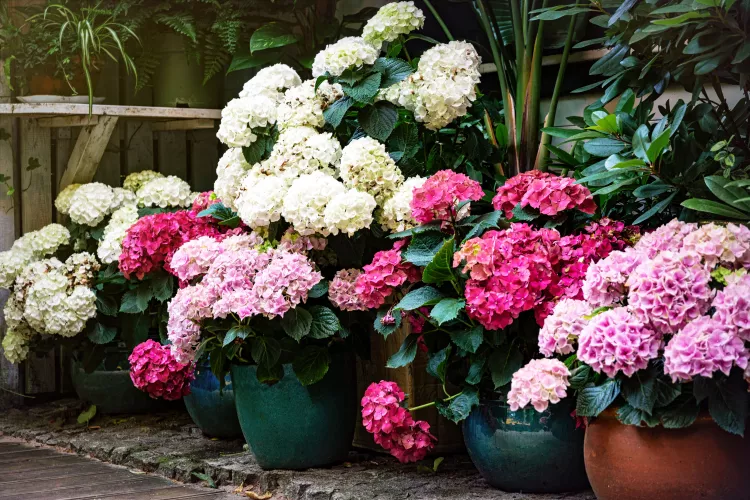
Pots
I grow about a half dozen hydrangeas very successfully in pots. They are all in quite large sized with deep saucers, raised up on hidden metal chairs, stands and even milk crates. They are always positioned at the back of a collection of other pots for two reasons. Firstly, their growth is quite high to about 1.5 metres or more, and secondly, the more forward pot’s foliage and flowers camouflage their winter bare branches. Living in pots they receive more frequent love and concentrated attention, especially in the act of watering.
Pruning and propagation
There is very strong advice about when and how to prune back hydrangeas in winter. Hydrangeas flower on old wood. When pruning your hydrangeas don’t give them an all-over hard chop in winter because you run the risk of removing flowering wood, which means you will get far fewer flowers or a longer delay the next summer. Just cut back the stems that flowered over the recent summer. Make your cuts just above a plump pair of healthy buds. Basically all you are doing at this stage is dead heading the bush. If your plant is getting too big and you need to prune it hard, do this during the growing season, as soon as the blooms begin to fade. That way the plant has a few months to create new fresh growth, which will give you greater blooms the following summer.
The exception is the relatively new ‘Endless Summer’ hybrid which flowers on new wood and thus have the ability to repeat flower throughout the whole season.
When you are pruning your hydrangeas, keep in mind that its worth using some of the healthy pruned material to make cuttings and increase your stock, to as many as you wish. They strike quite readily. hard wood in winter, soft wood in the hotter months.

Hydrangeas are simply perfection as cut flowers. Their flowers are actually a collection of sepals called inflorescences. Being composed of sepals and not petals, they do not fall and remain on the plant right up to winter, changing to lovely shades of pink, red and even green, and thus are great for indoor decoration.
Throughout the year there are the ever popular cut flower competitions, for example, the roses and the dahlias, well I say bring on the hydrangea competitions. I will be there with buckets brimming full of my prized hydrangea flowers. I may well be chasing the winning blue-ribbon prize even though my blooms may not indeed be any shade reminiscent of the colour blue.
Happy gardening and have fun,
Regards Ned McDowell
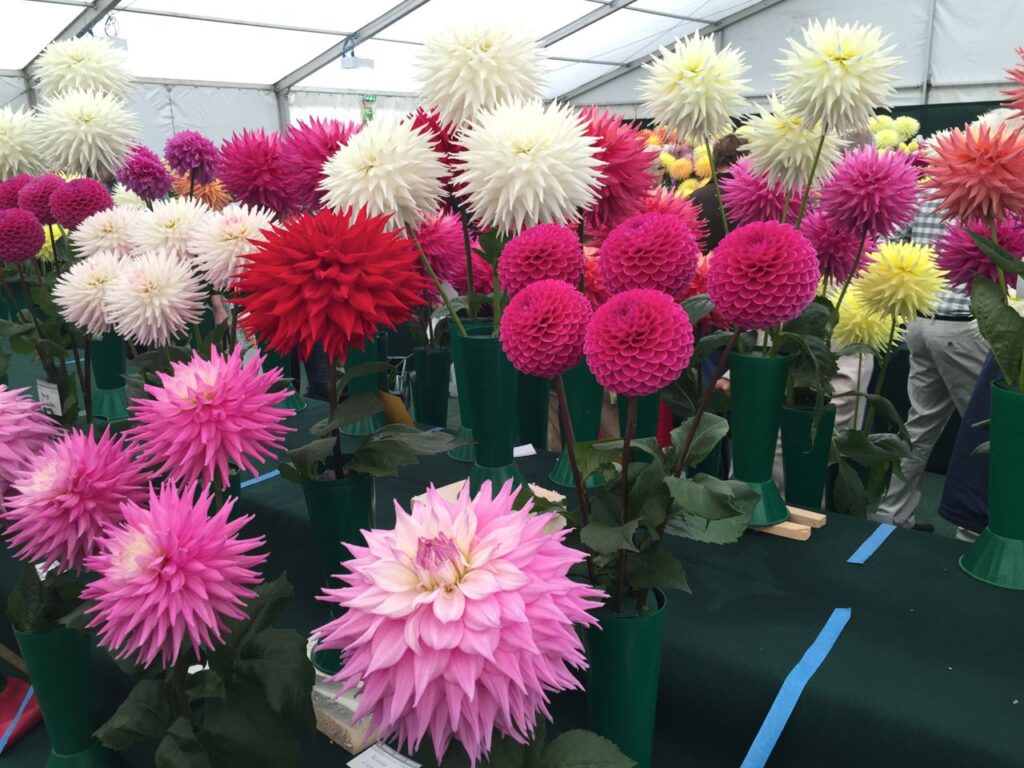
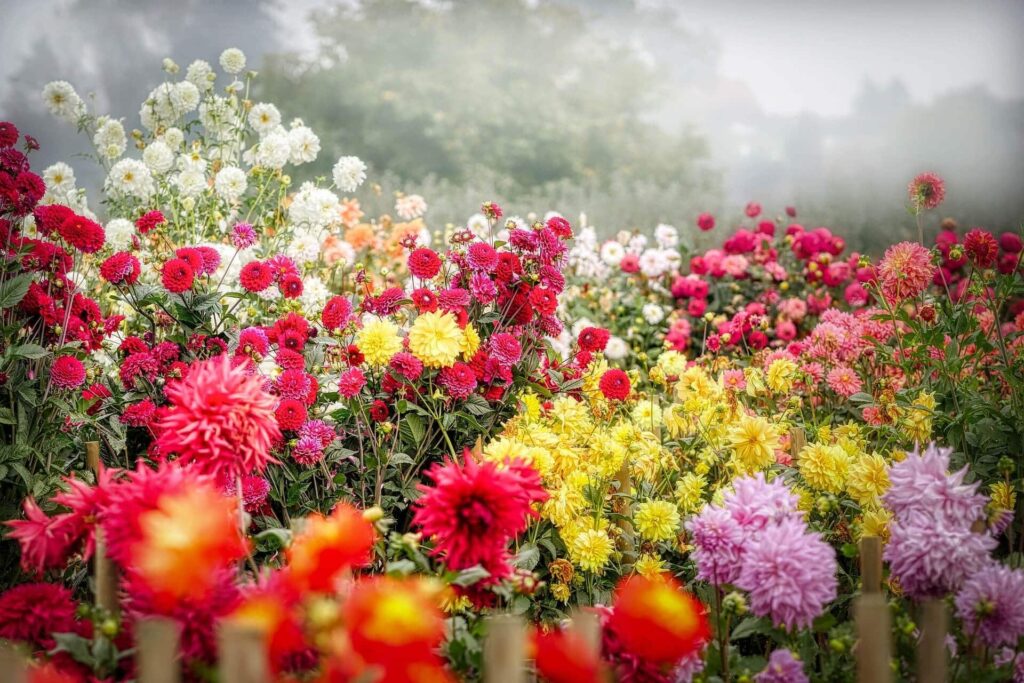
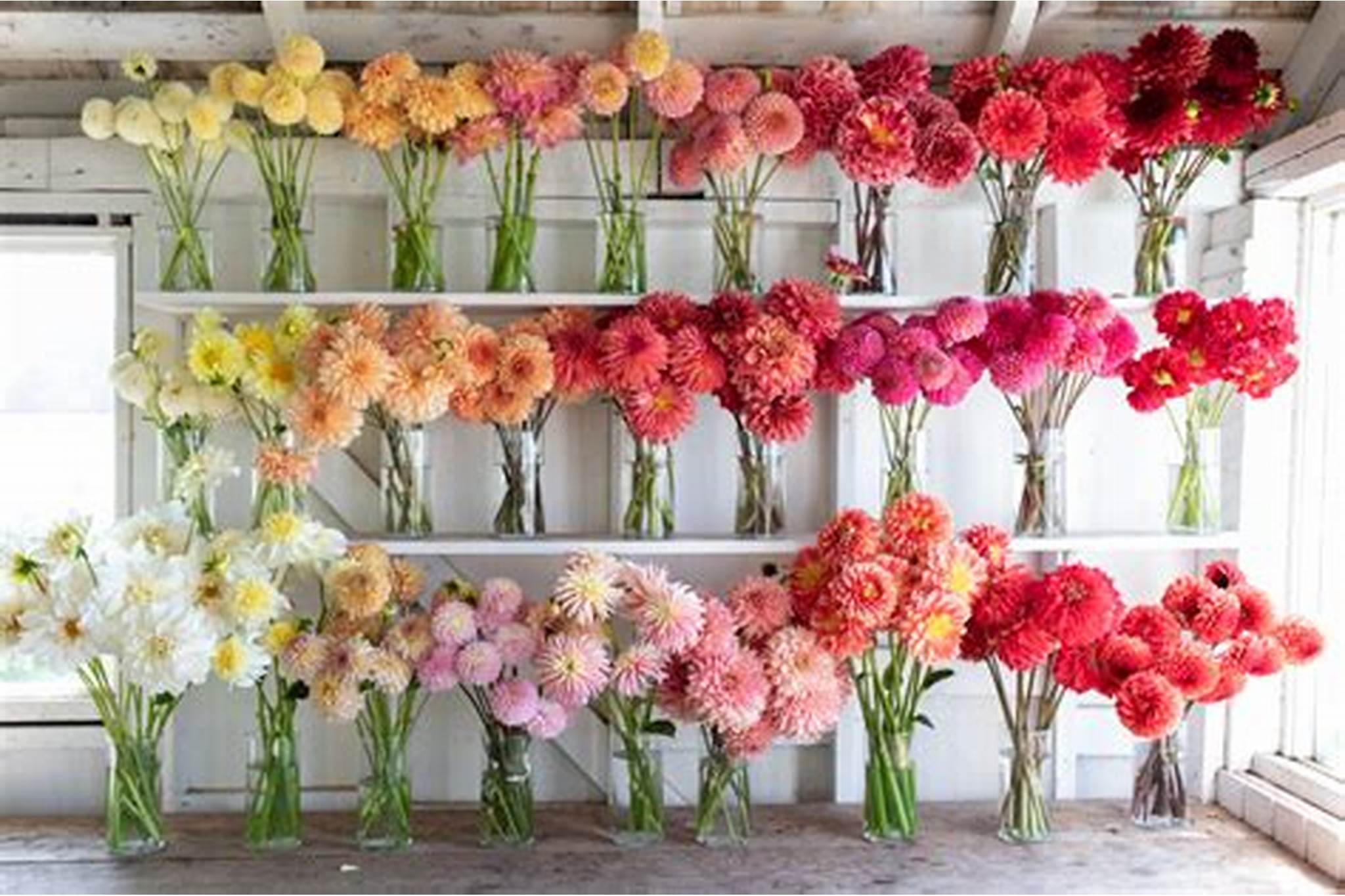
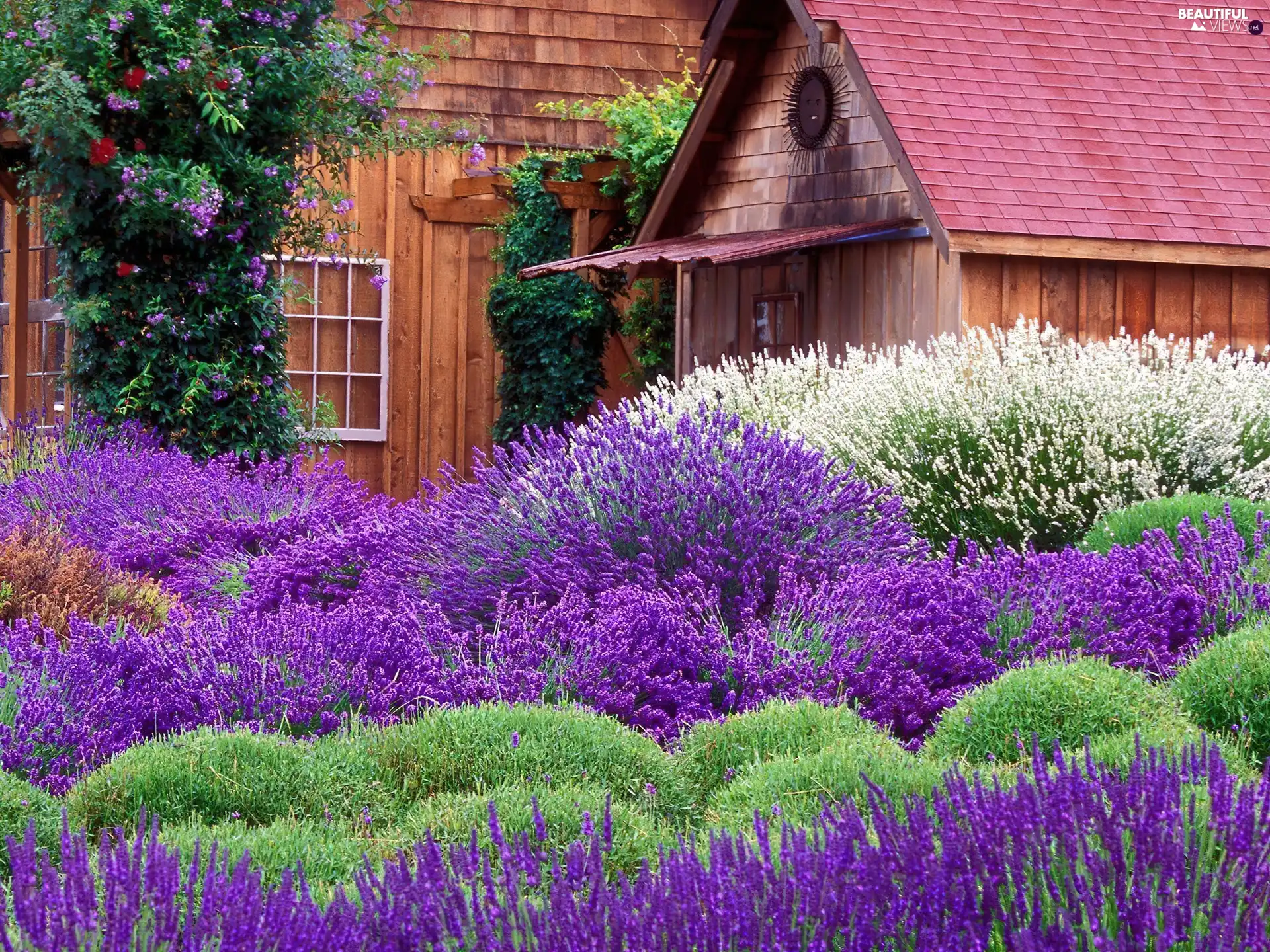
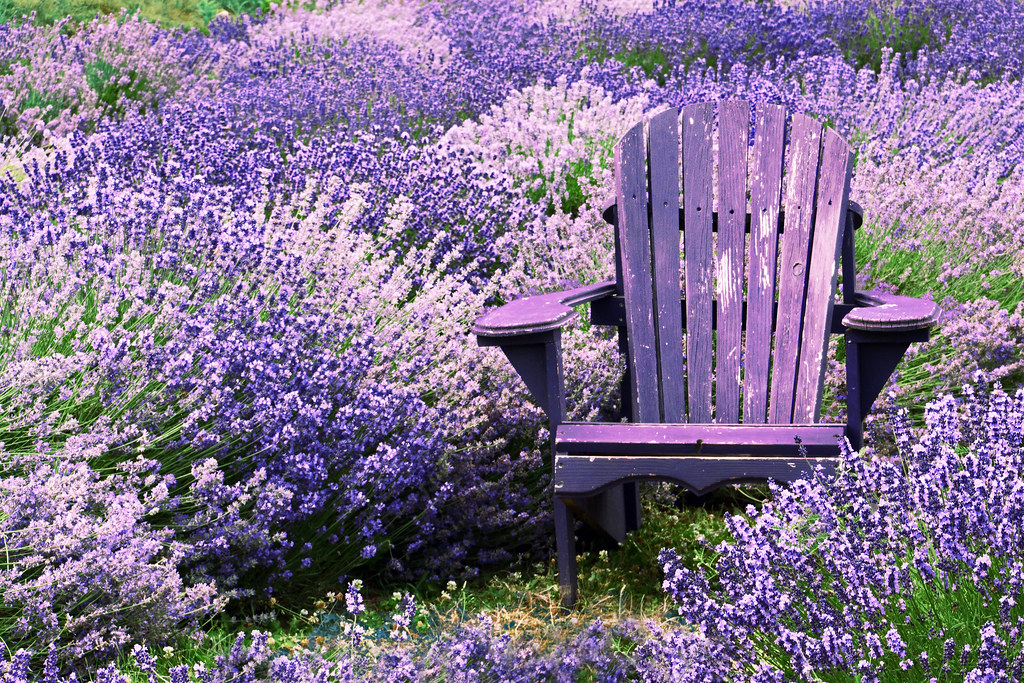

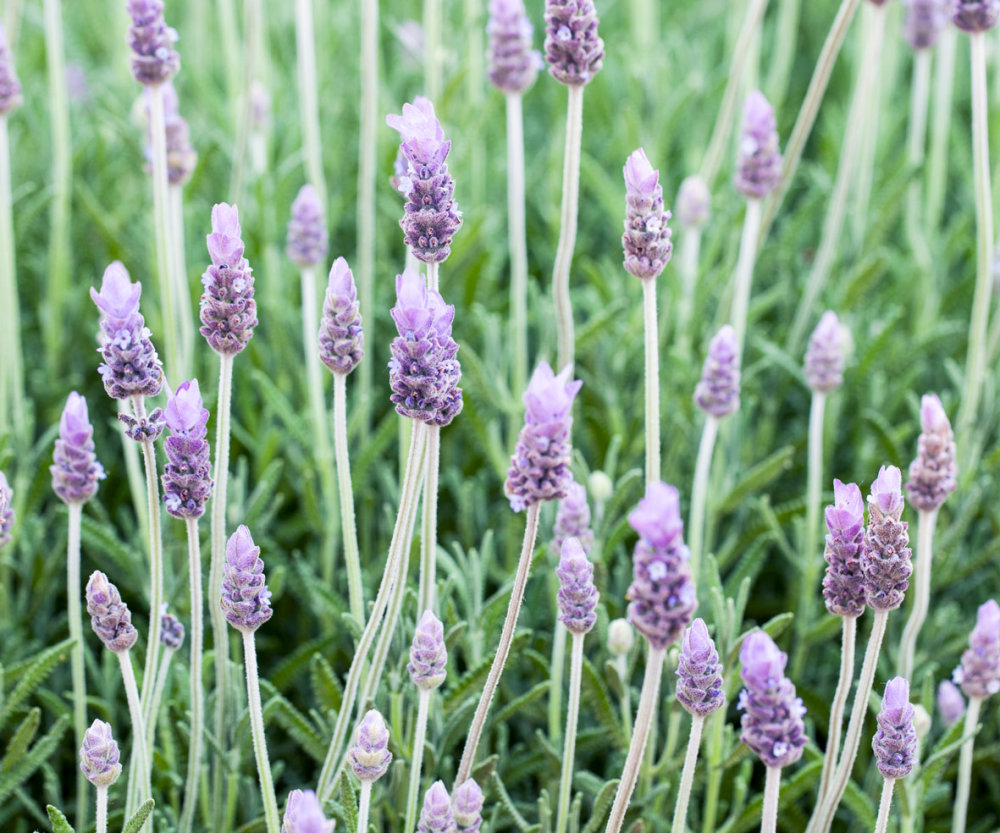
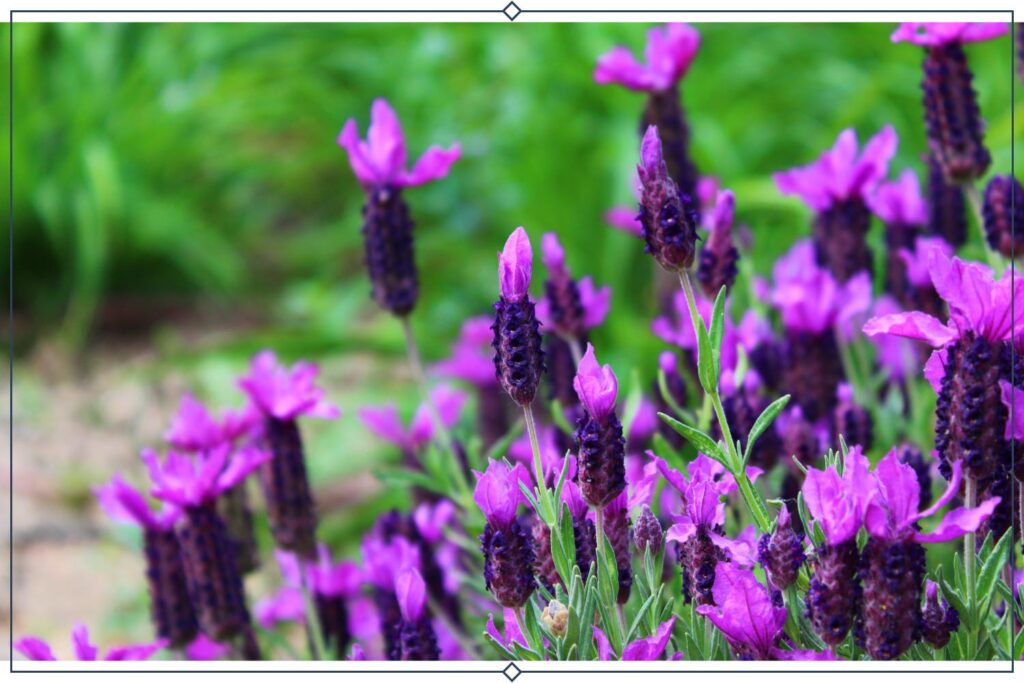 Lavender stoechas ‘Avonview’
Lavender stoechas ‘Avonview’